2024 Ford Mustang Up Close: If This Is the Last One, It’s Surely the Best One

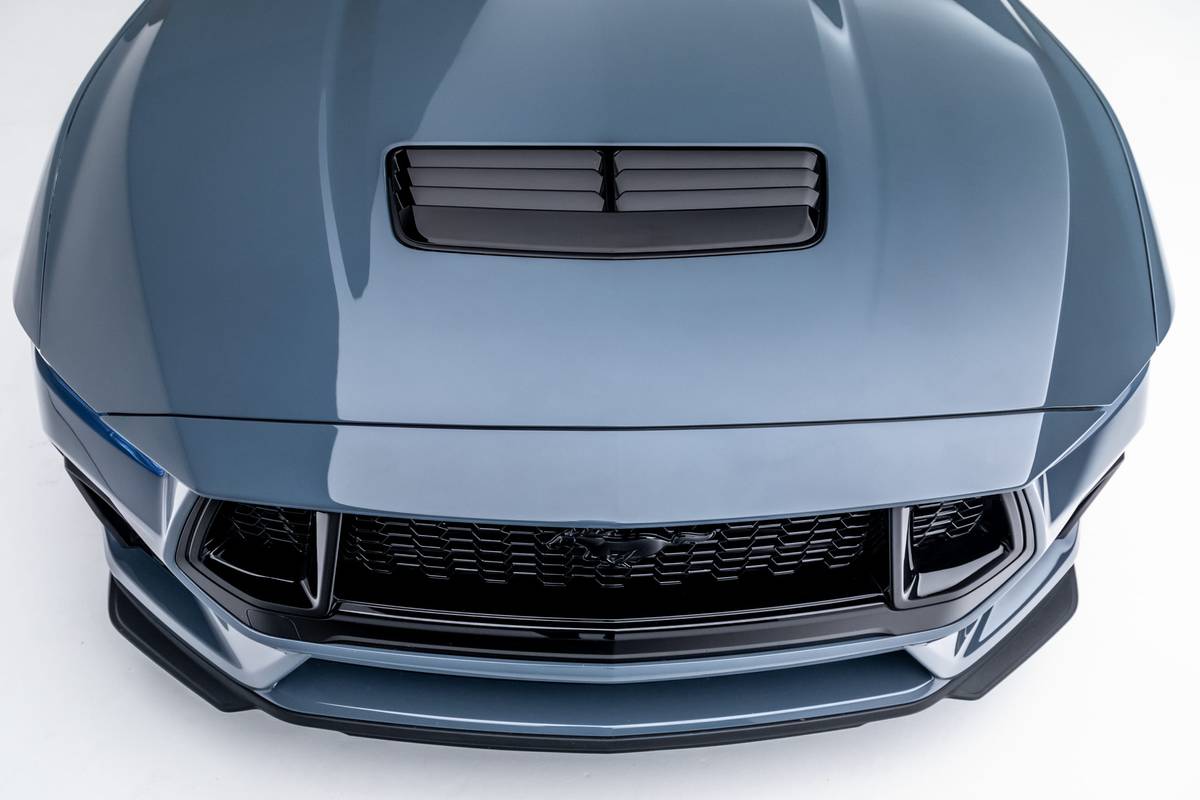
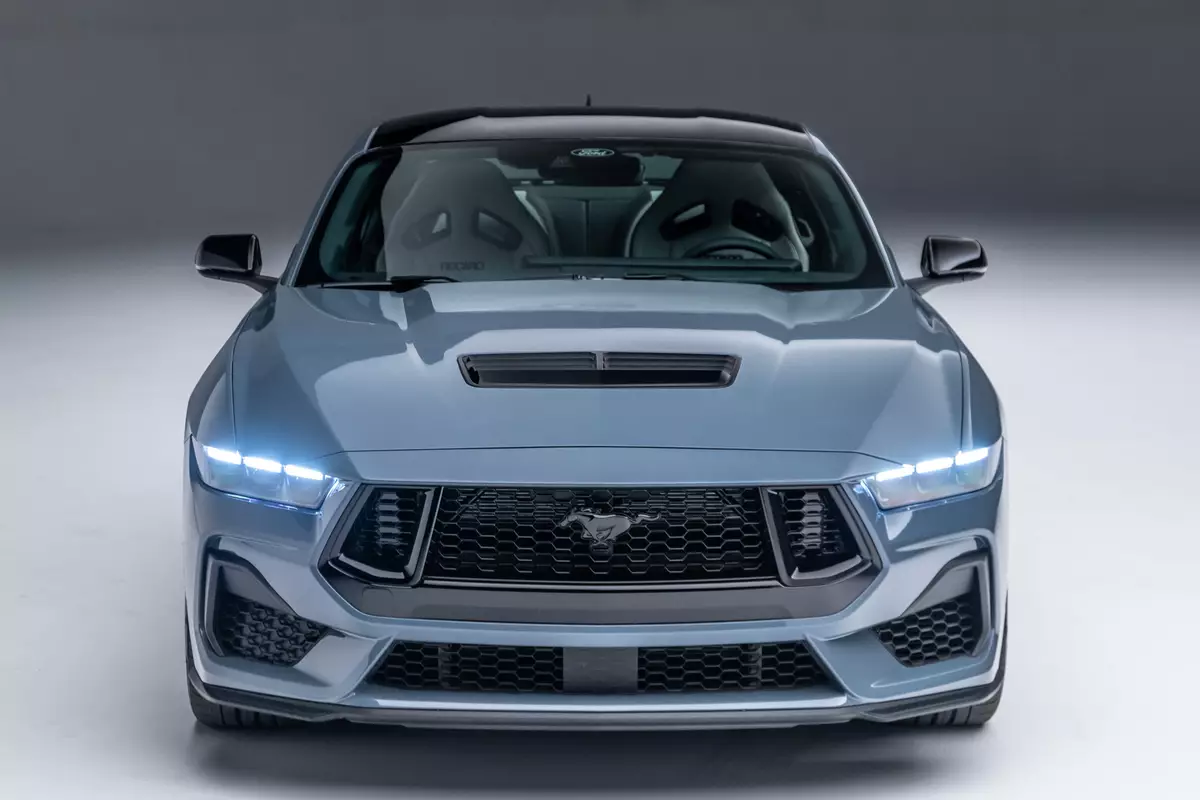
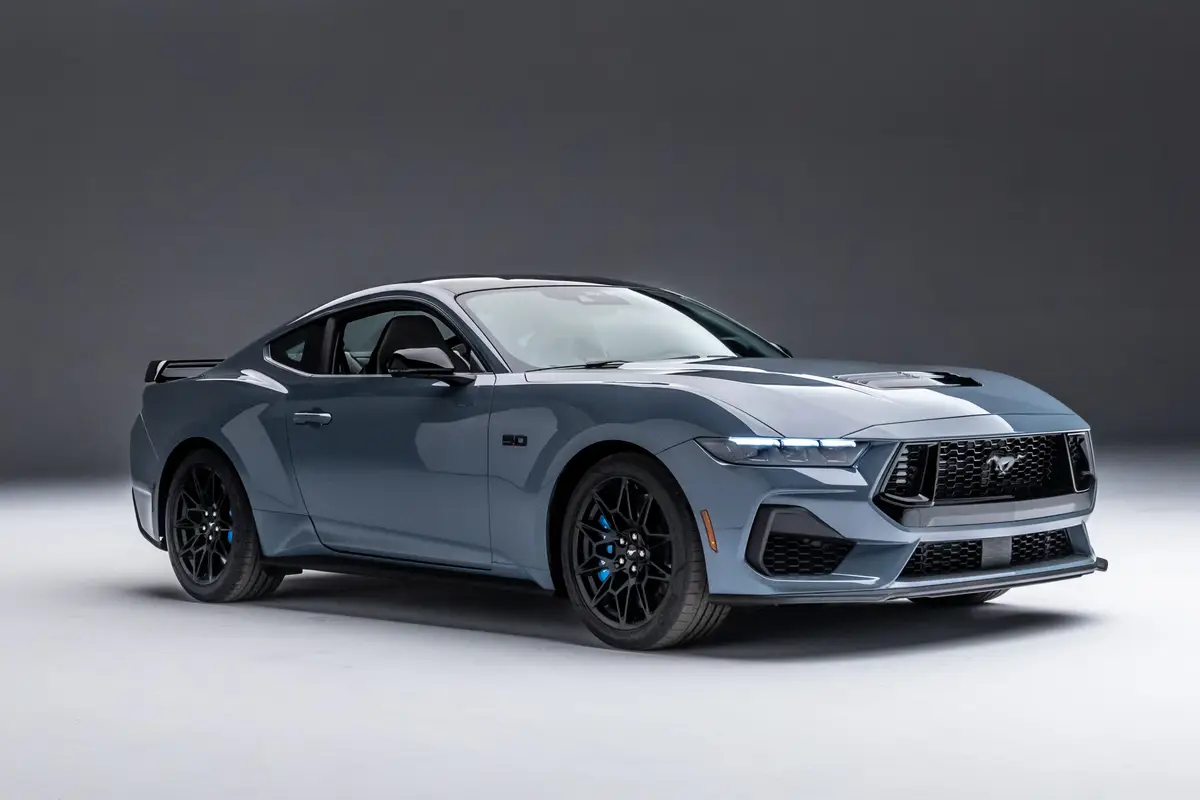
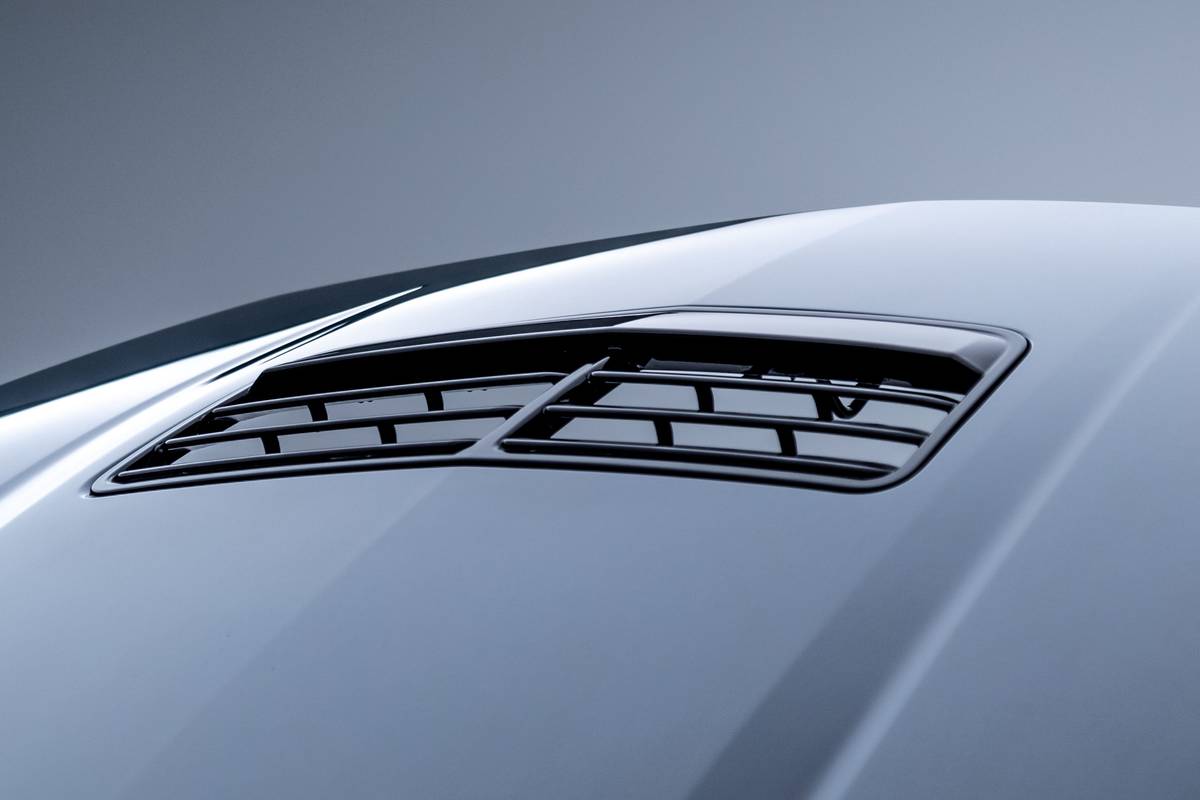
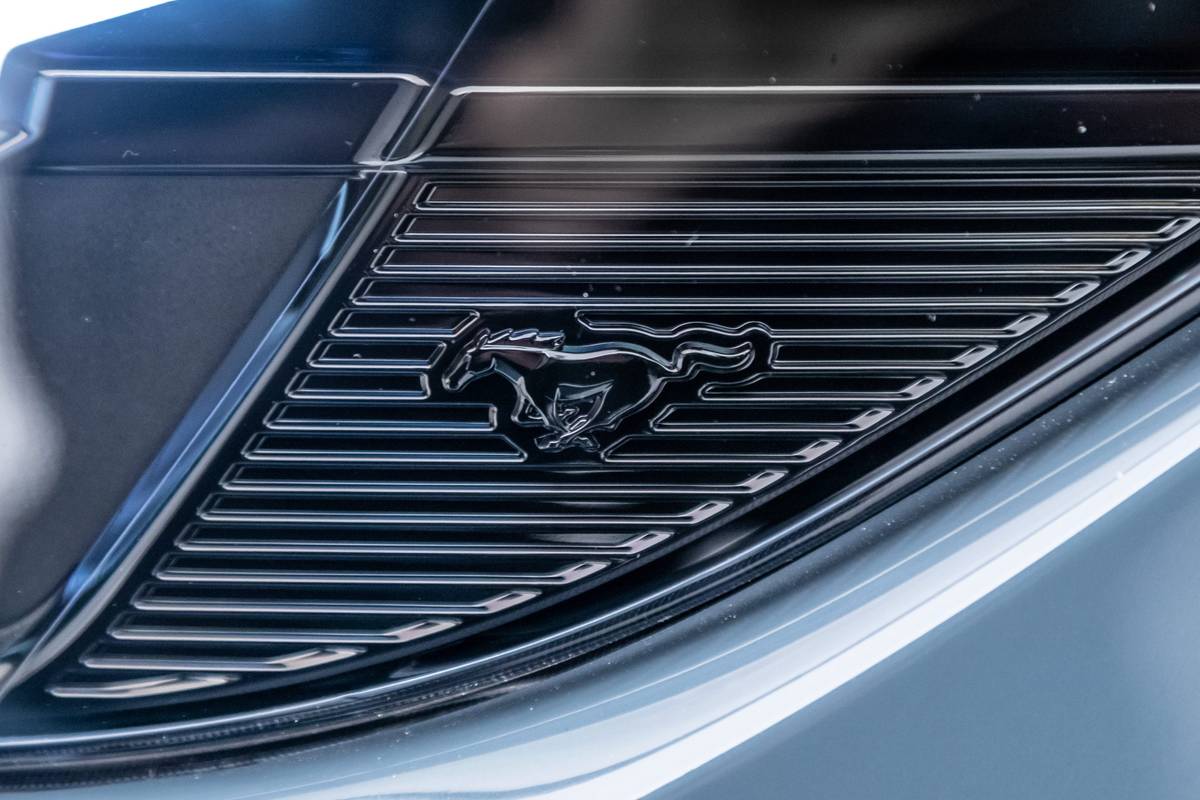
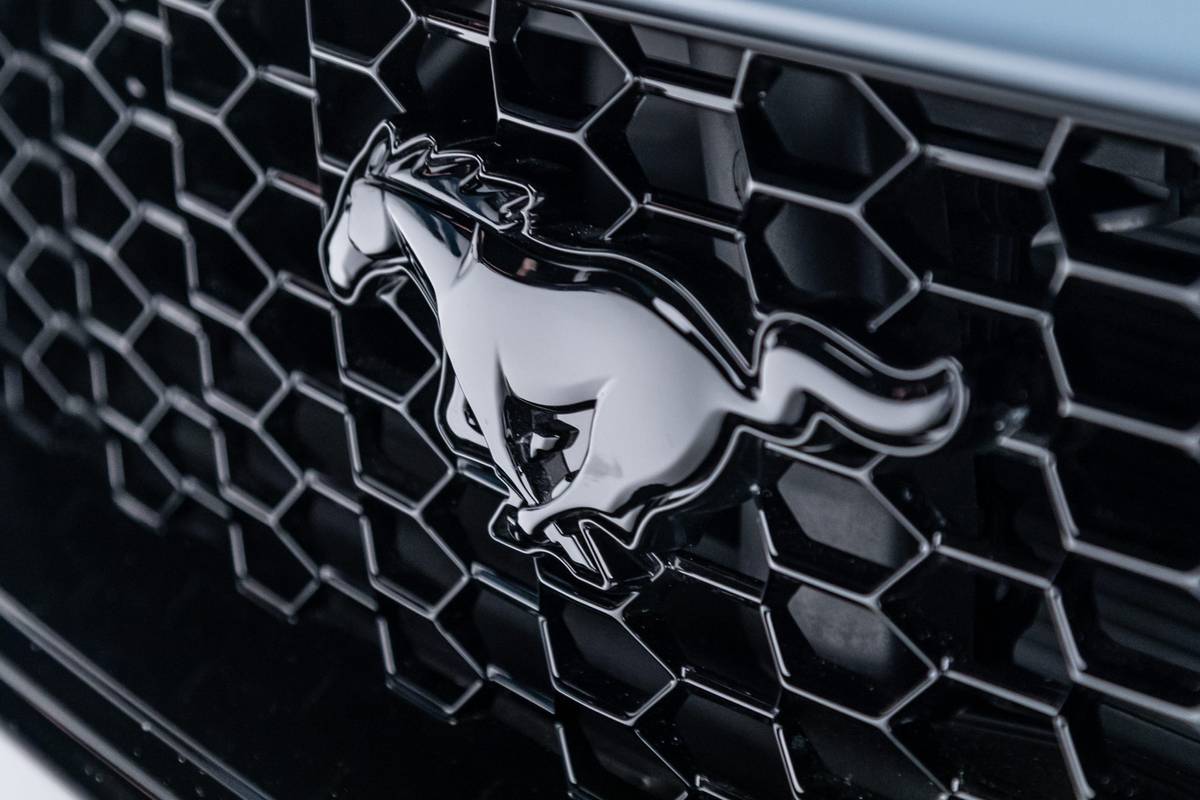
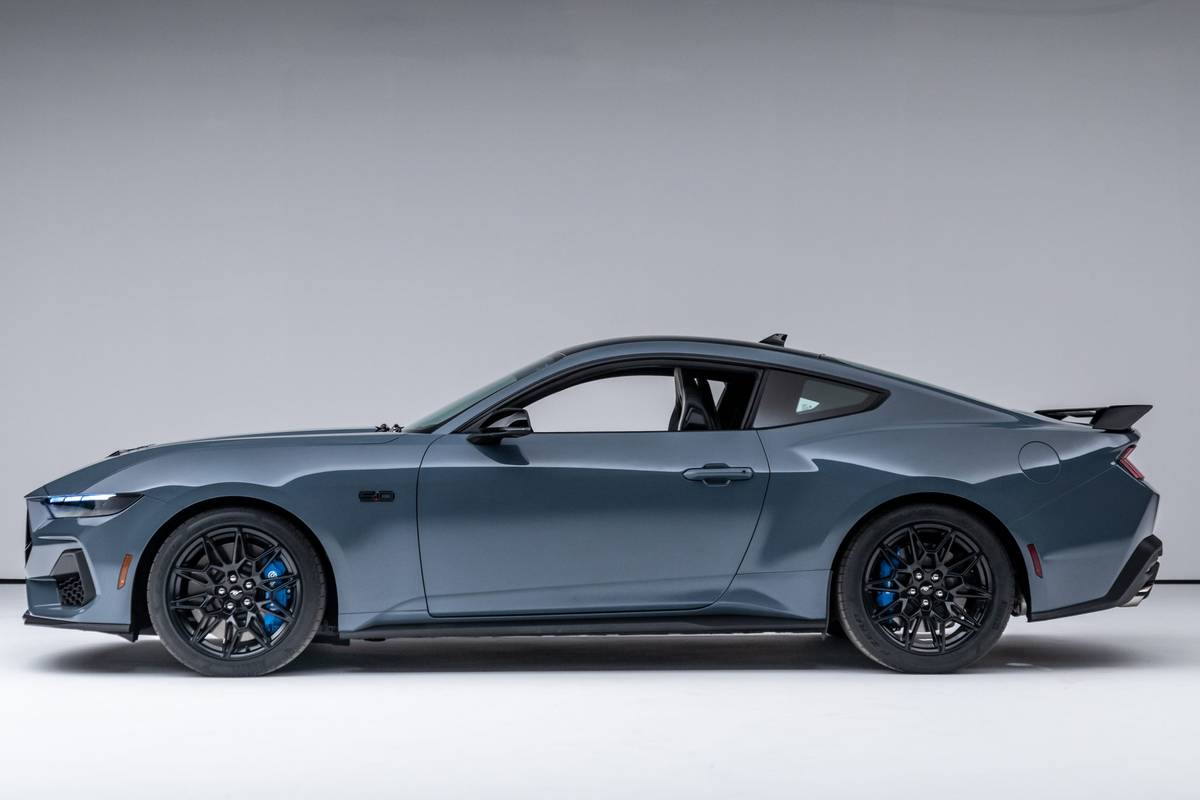
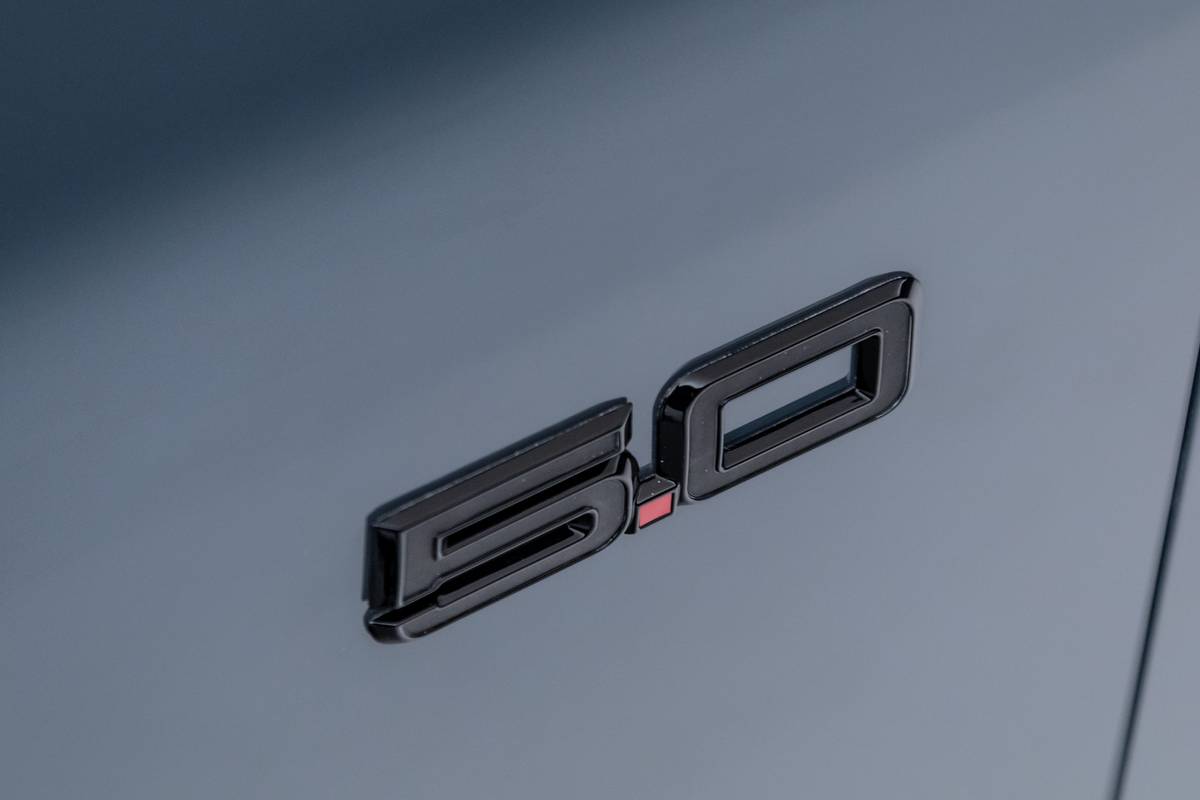
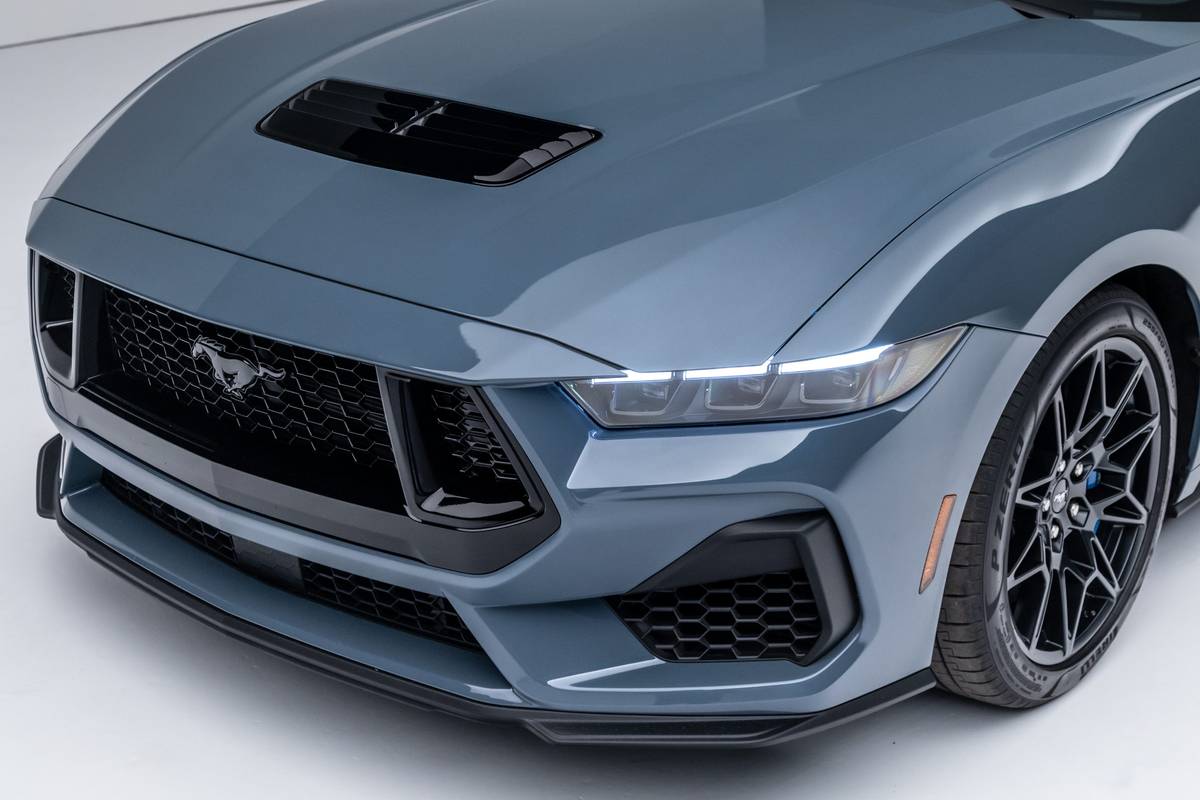
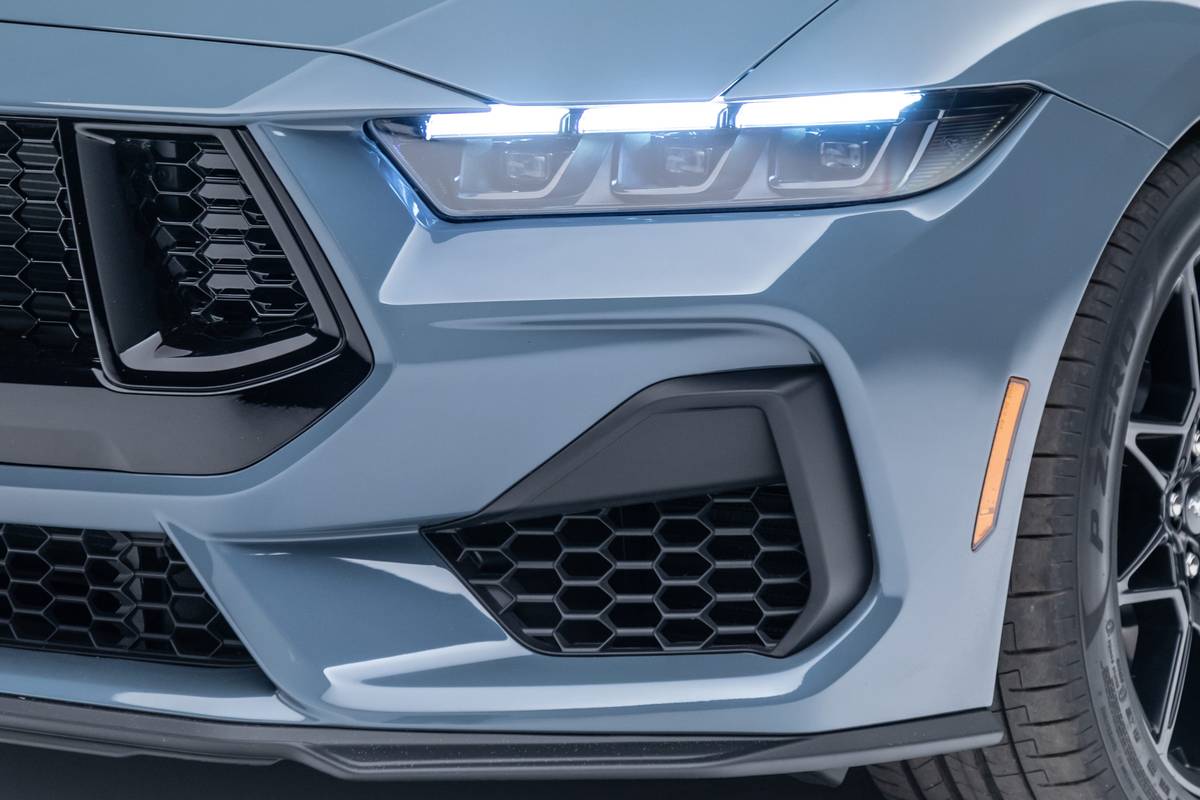
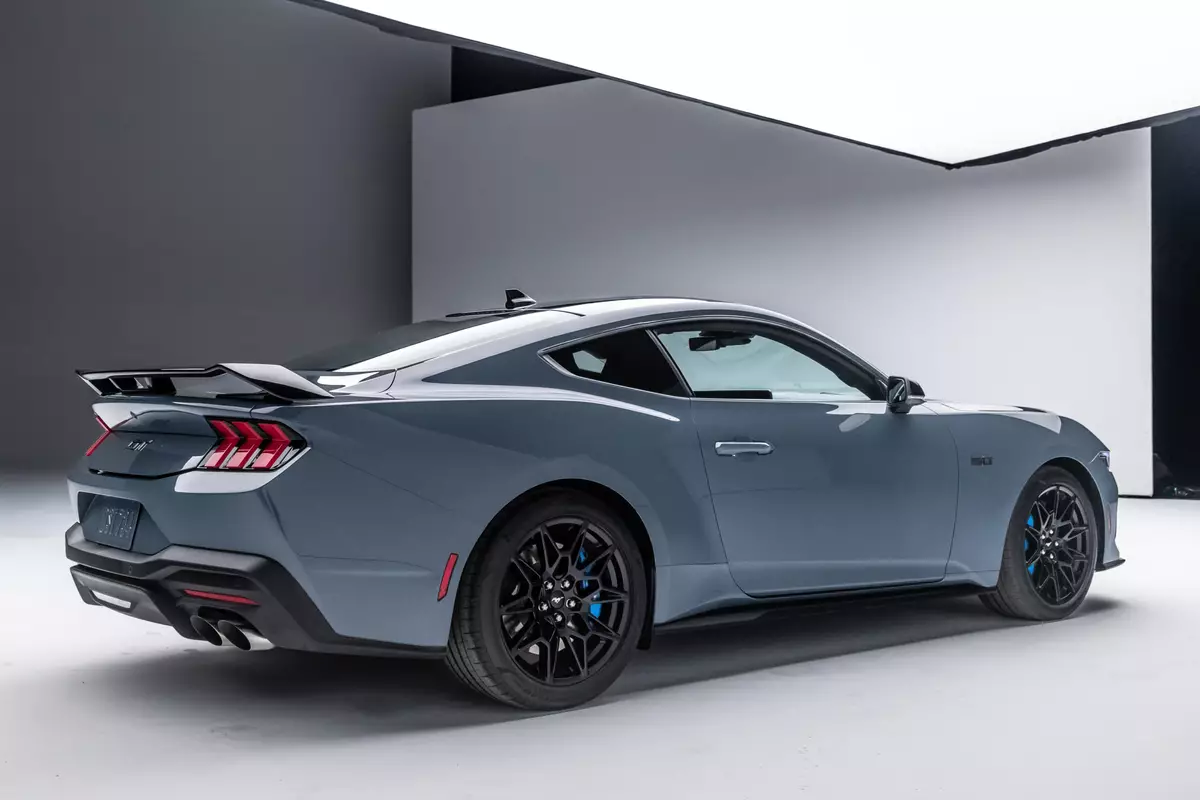
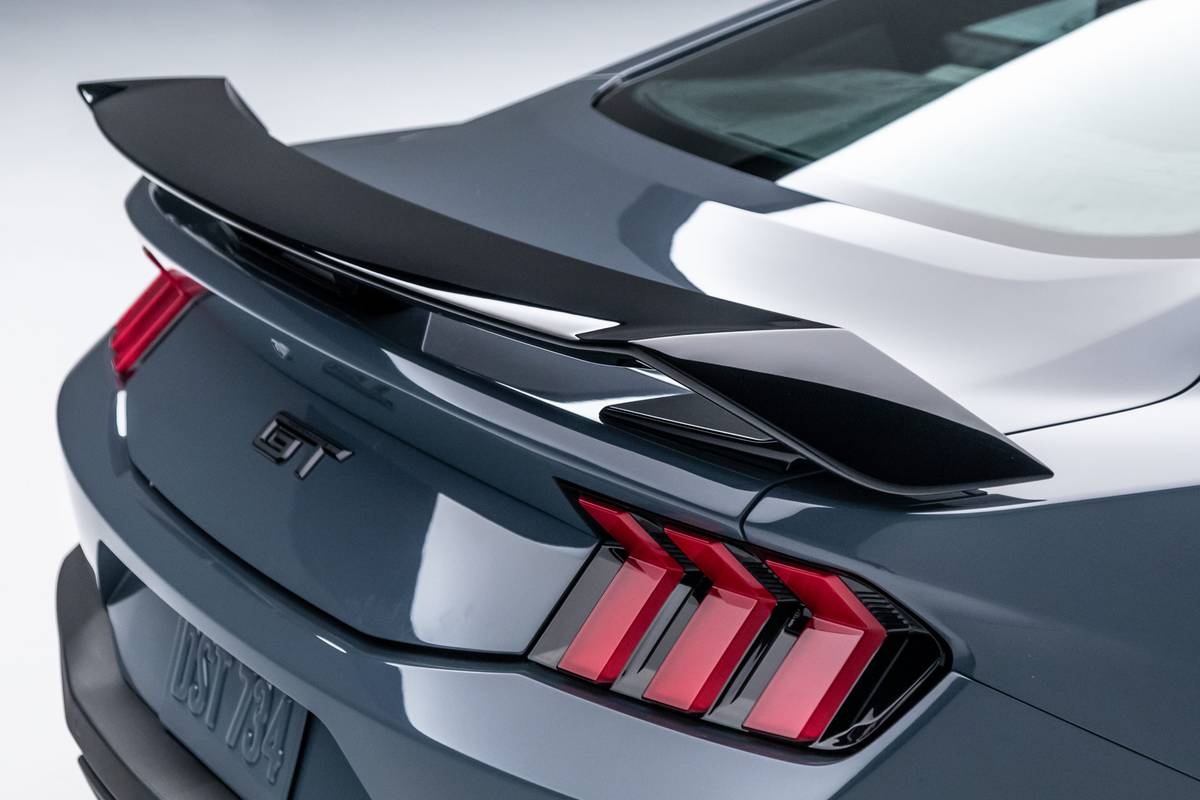
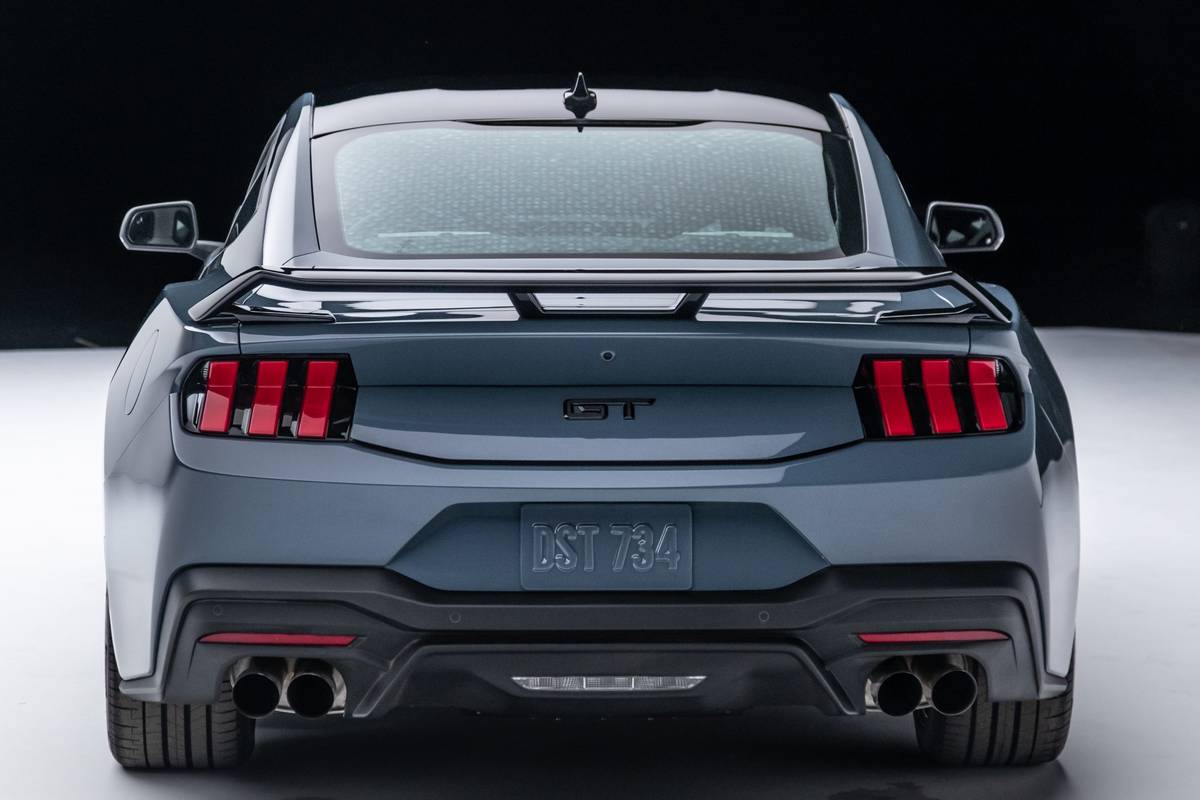
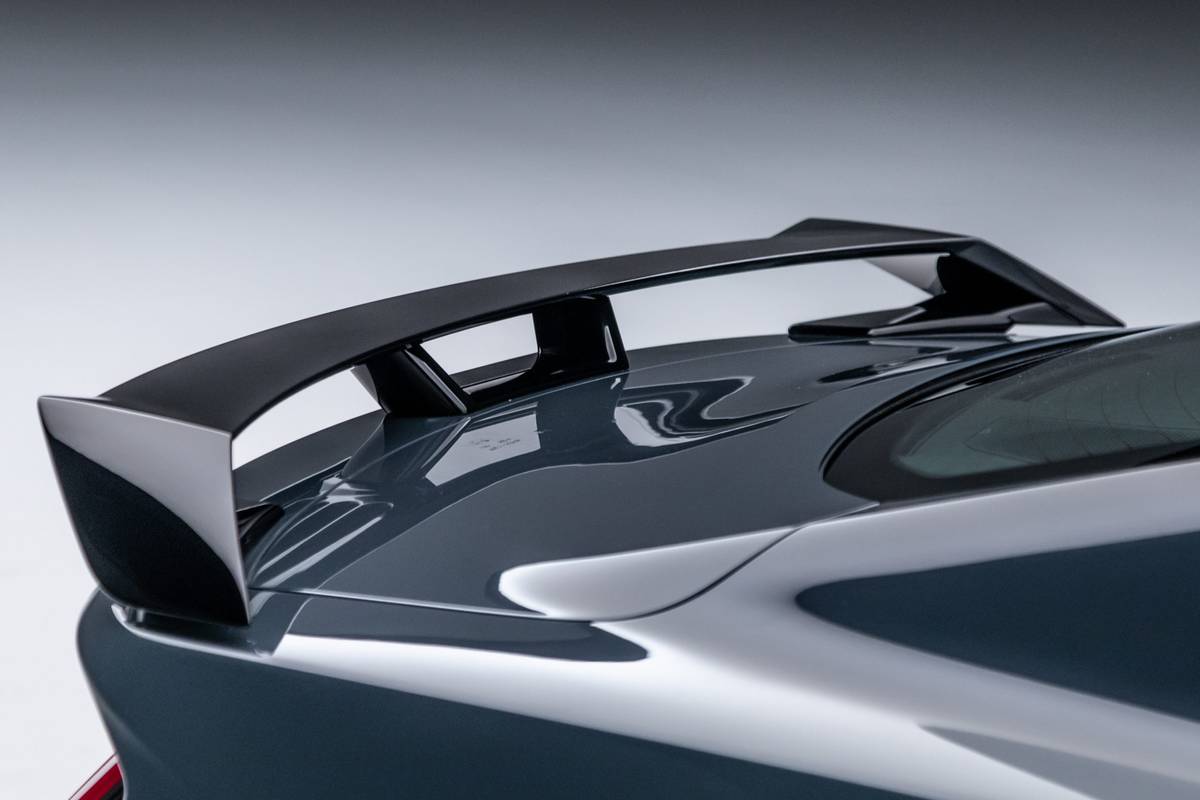
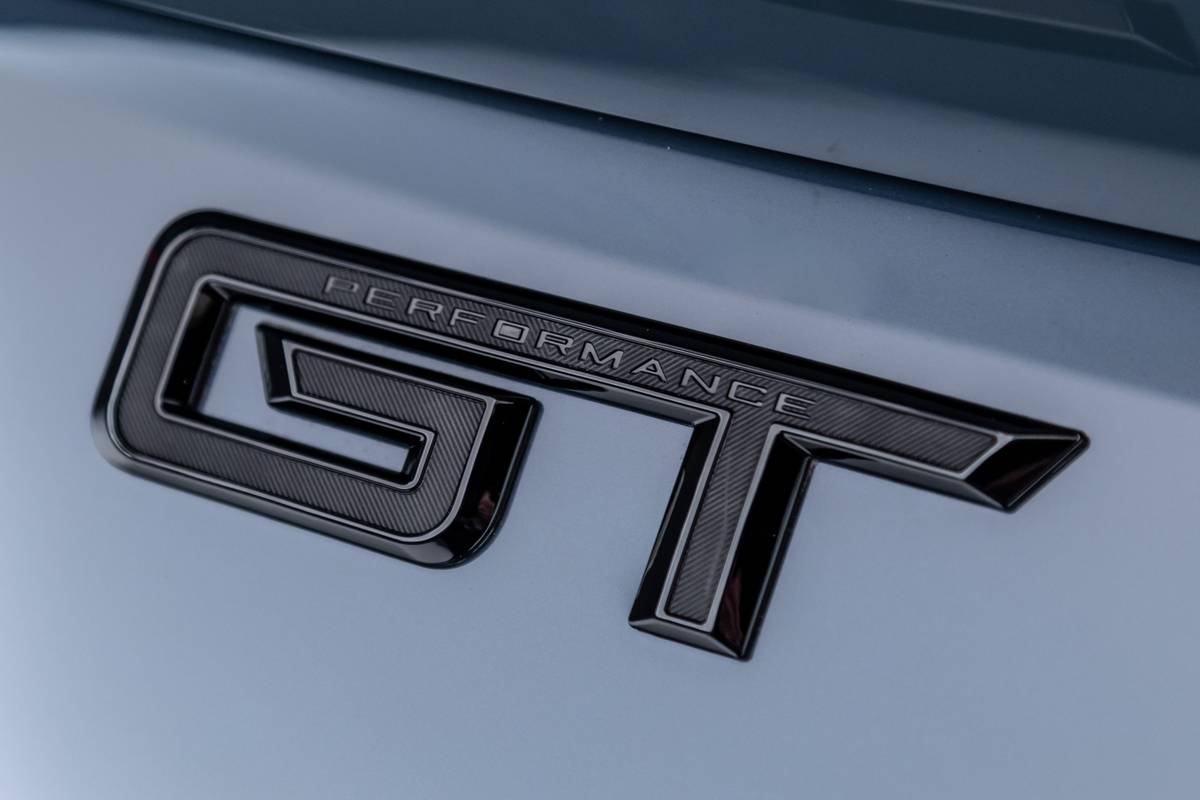
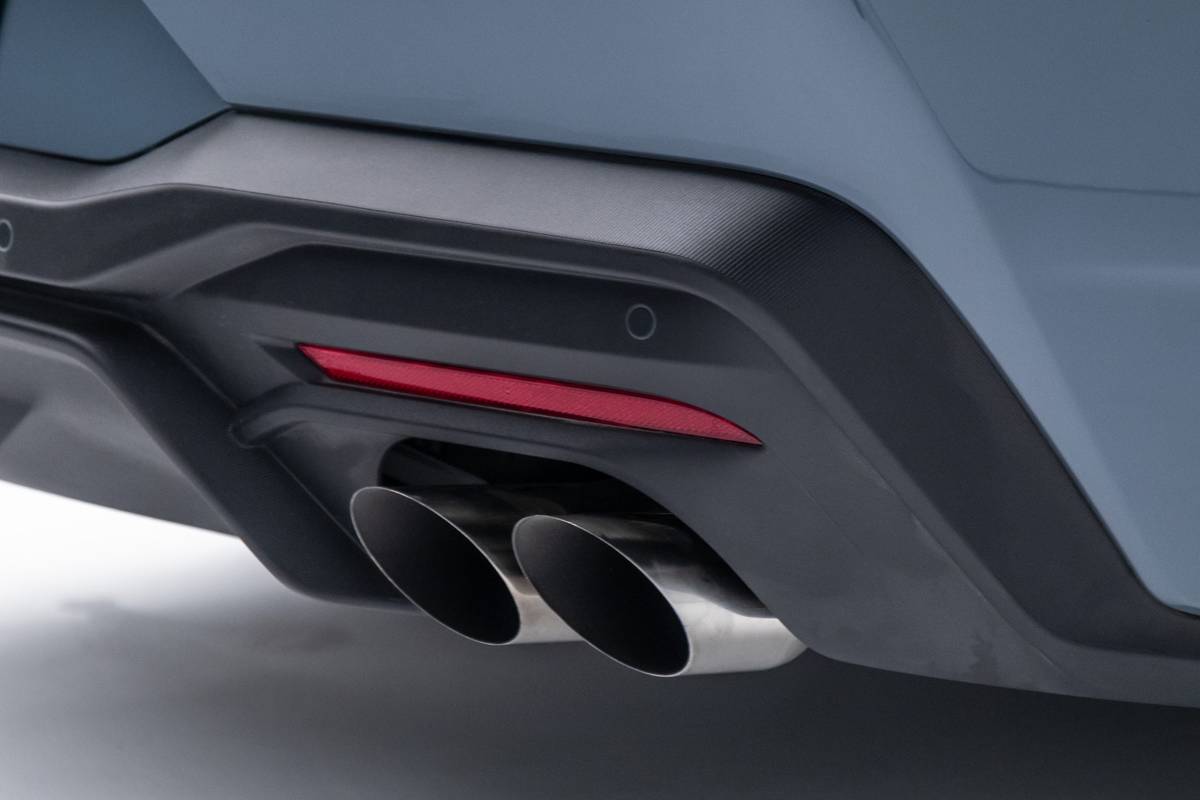
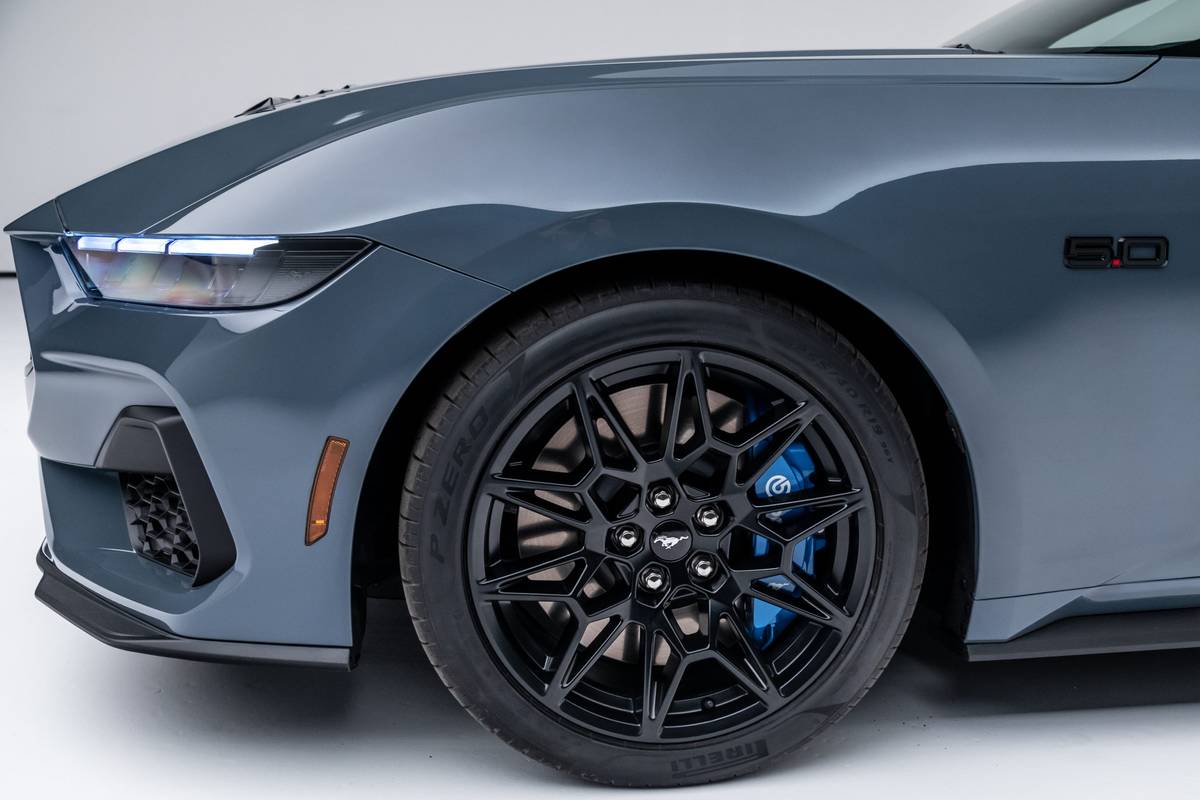
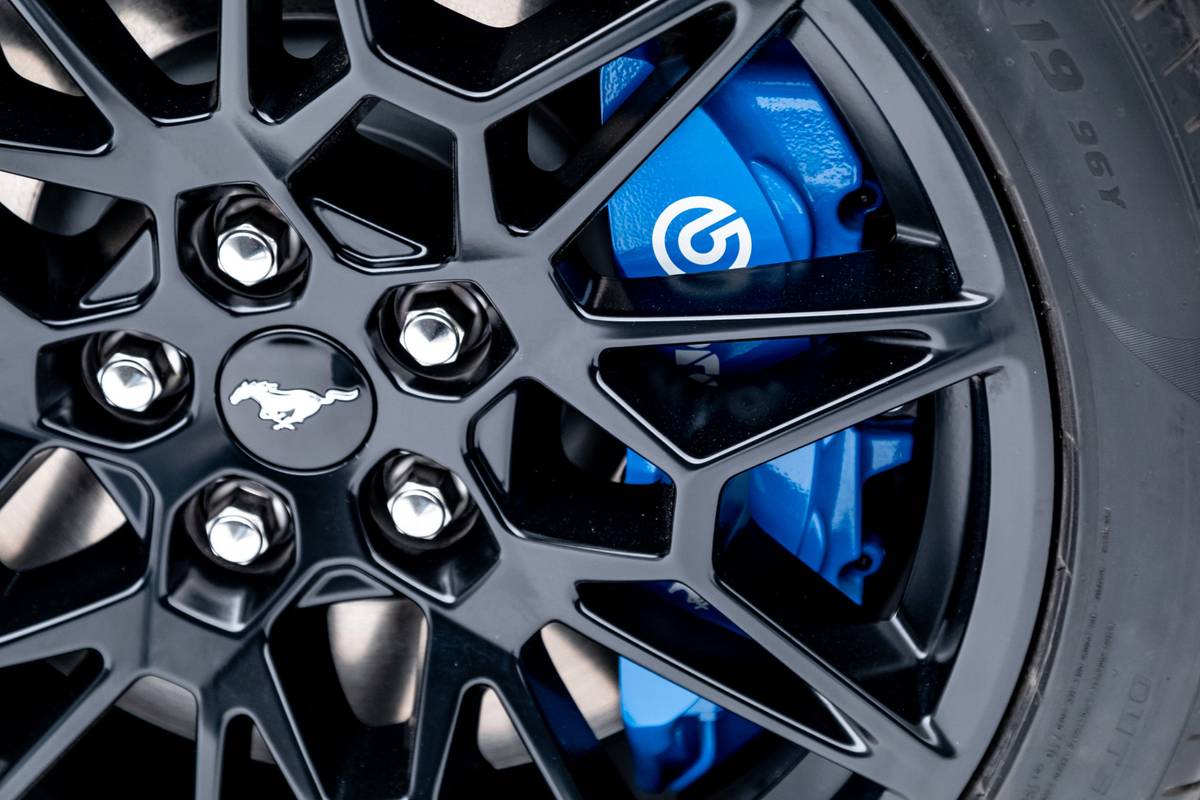


















The rumor mills are aswirl with the demise of the V-8 muscle cars. The Dodge Challenger is confirmed to have just one model year left; the Chevrolet Camaro’s future is completely unclear, but it’s believed the current Camaro is the last Camaro; and many folks are saying that this seventh-generation Ford Mustang is quite likely the last gas-powered Mustang we’ll see, with the next one adopting a full EV strategy like Dodge is with whatever follows the Challenger.
If that truly is the case, then Ford’s done a bang-up job in creating a pretty special finale for the fossil-fuel filly, updating and refining the iconic muscle car for one more go in its 20th-century-style gasoline guise. From the styling to the tech, the 2024 Mustang unveiled during the 2022 North American International Auto Show in Detroit looks set to keep traditionalists happy while starting to build the bridge to its future.
Related: More Detroit Auto Show Coverage
The Traditionalist Skin
The styling updates are evolutionary, not revolutionary, and that’s OK — the Mustang’s iconic shape, first truly formed when Ford went for smash-hit retro-themed styling for the fifth-generation model in 2005, has aged quite well. It’s successfully walked the line between nostalgia and modernity for nearly 20 years now, and the new model’s exterior lines don’t deviate much from that proven pattern.
The front end is lower and meaner looking, with a thick Neanderthal brow across the front that looks aggressive and low slung, and the smooth, slab-sided flanks lend a more chiseled, chunky look to the body itself. It still has those muscular haunches, which look even wider now from behind, thanks to taillights that are more integrated into the trunk lid sheet metal. It’s an impressive update, and it looks good — this is the part that will please the traditionalists who want people to see them in something that’s immediately identifiable without looking for a badge.
The Futurist Cabin
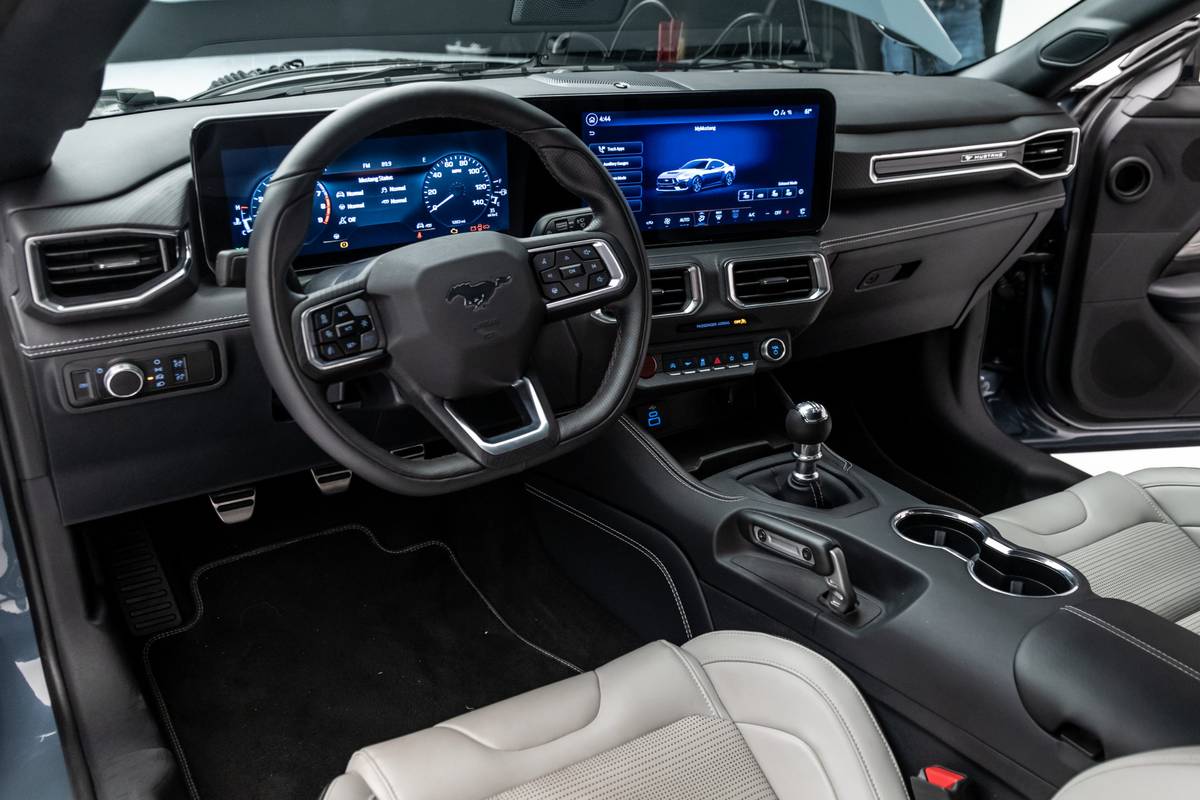
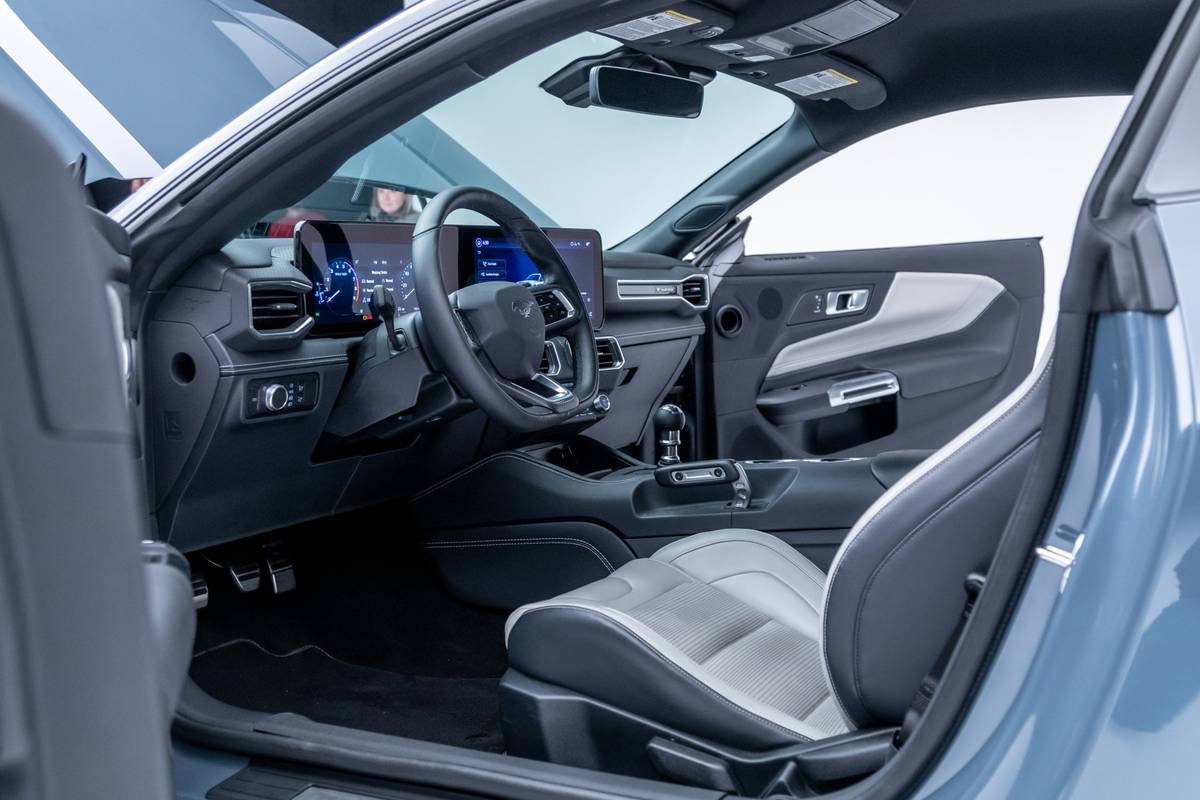
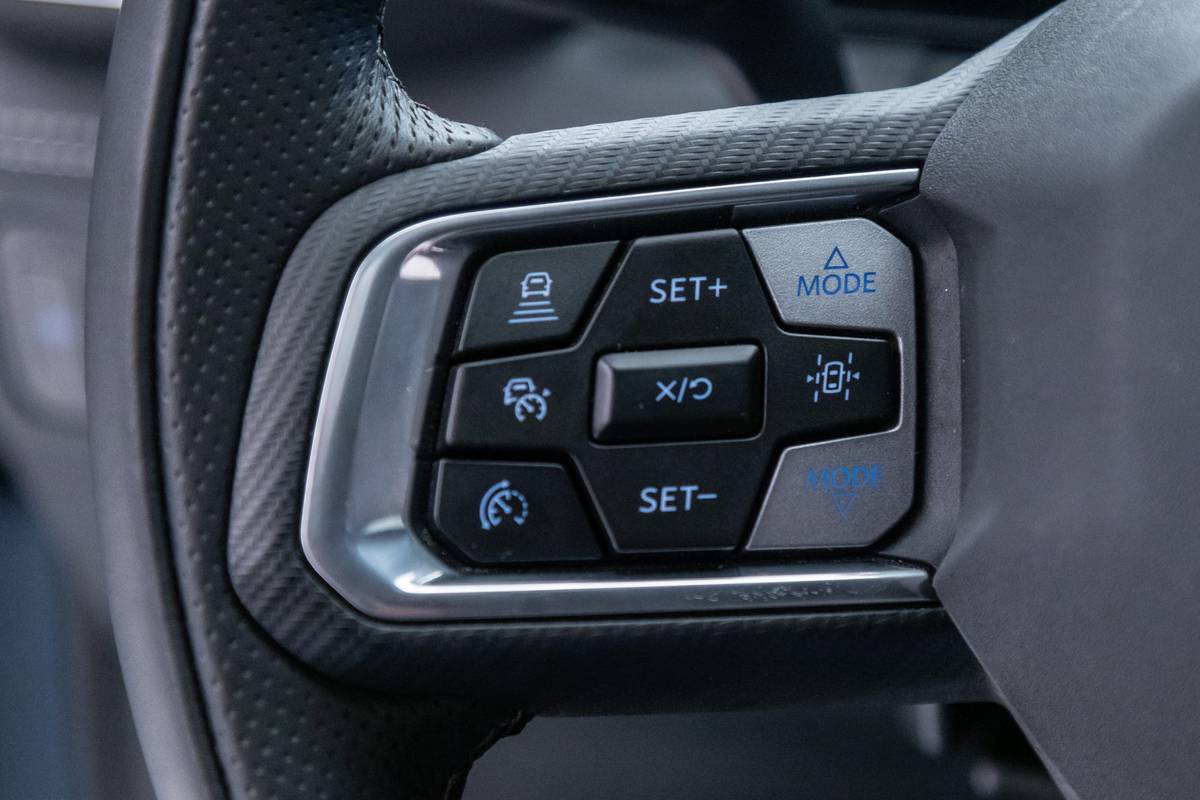
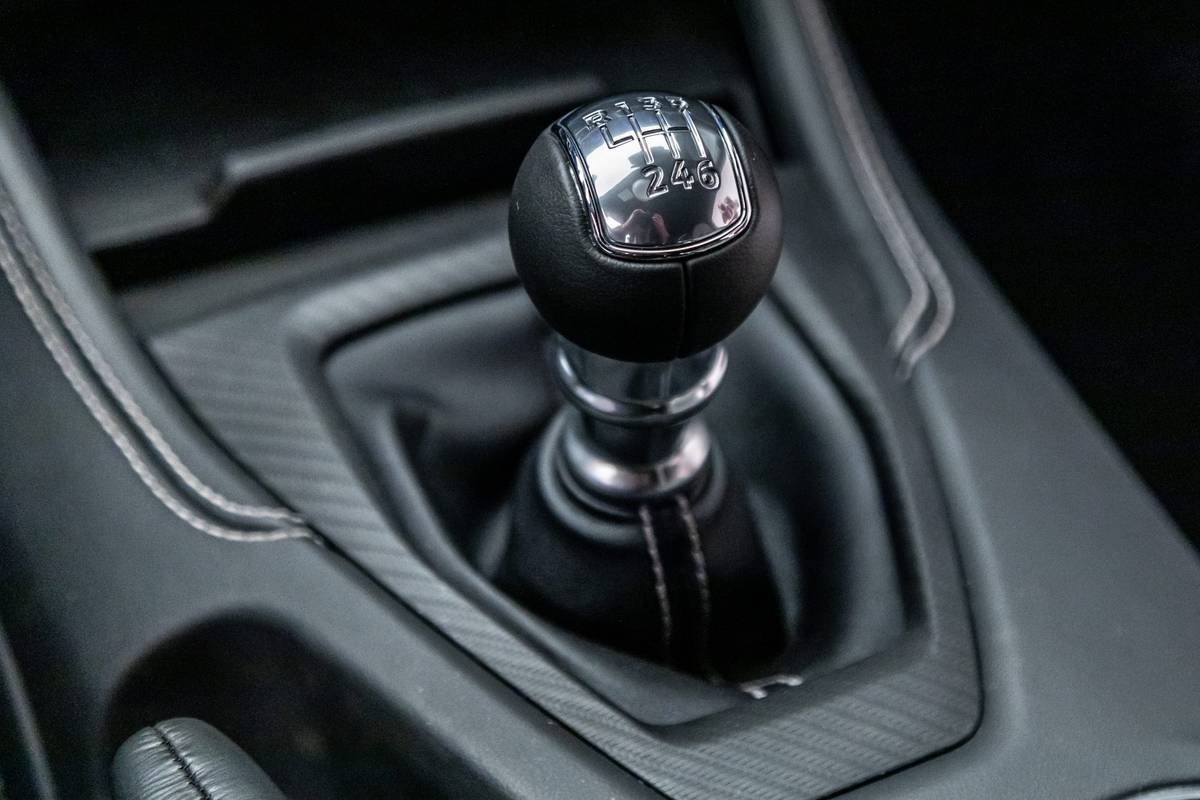

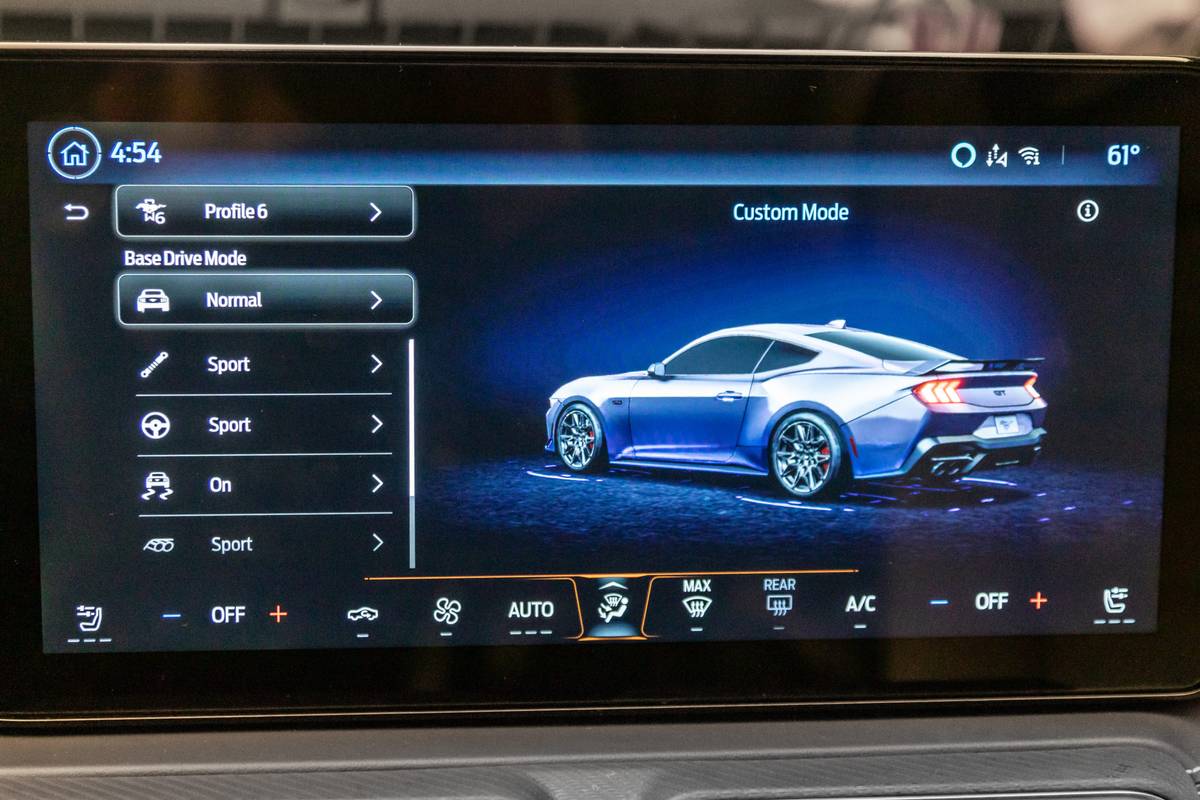
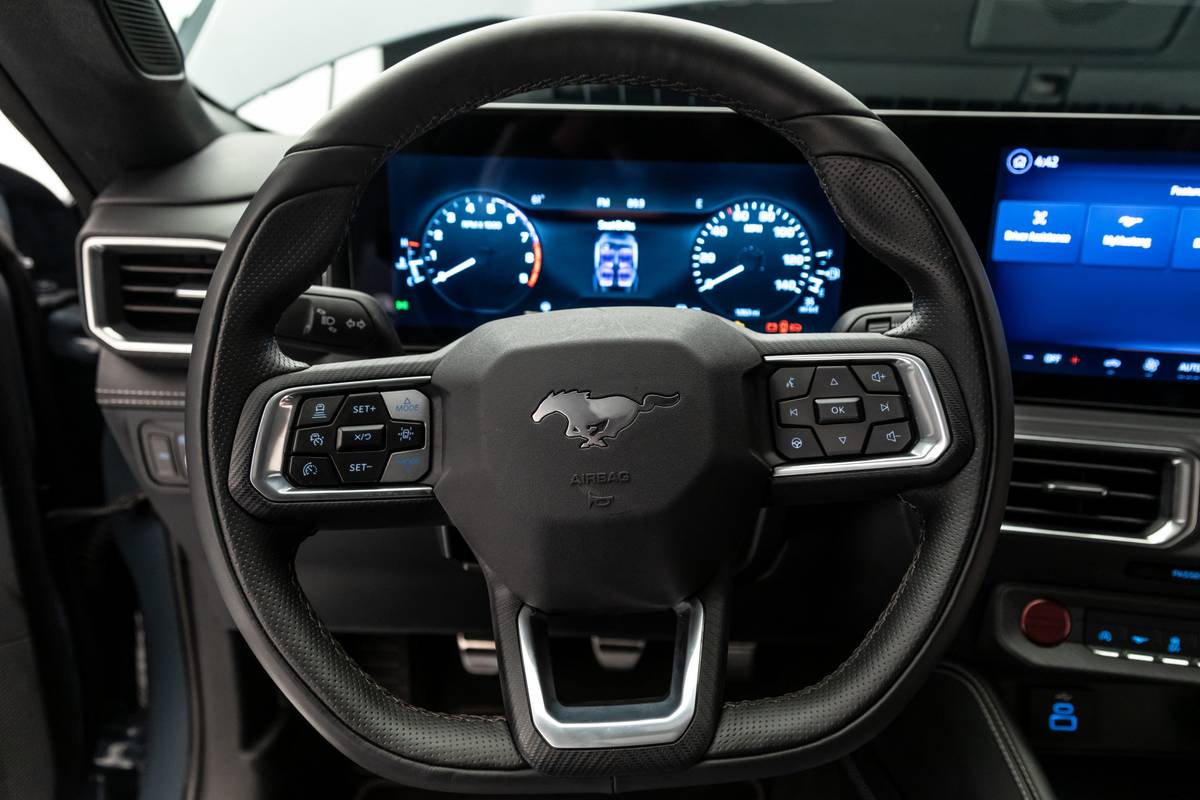

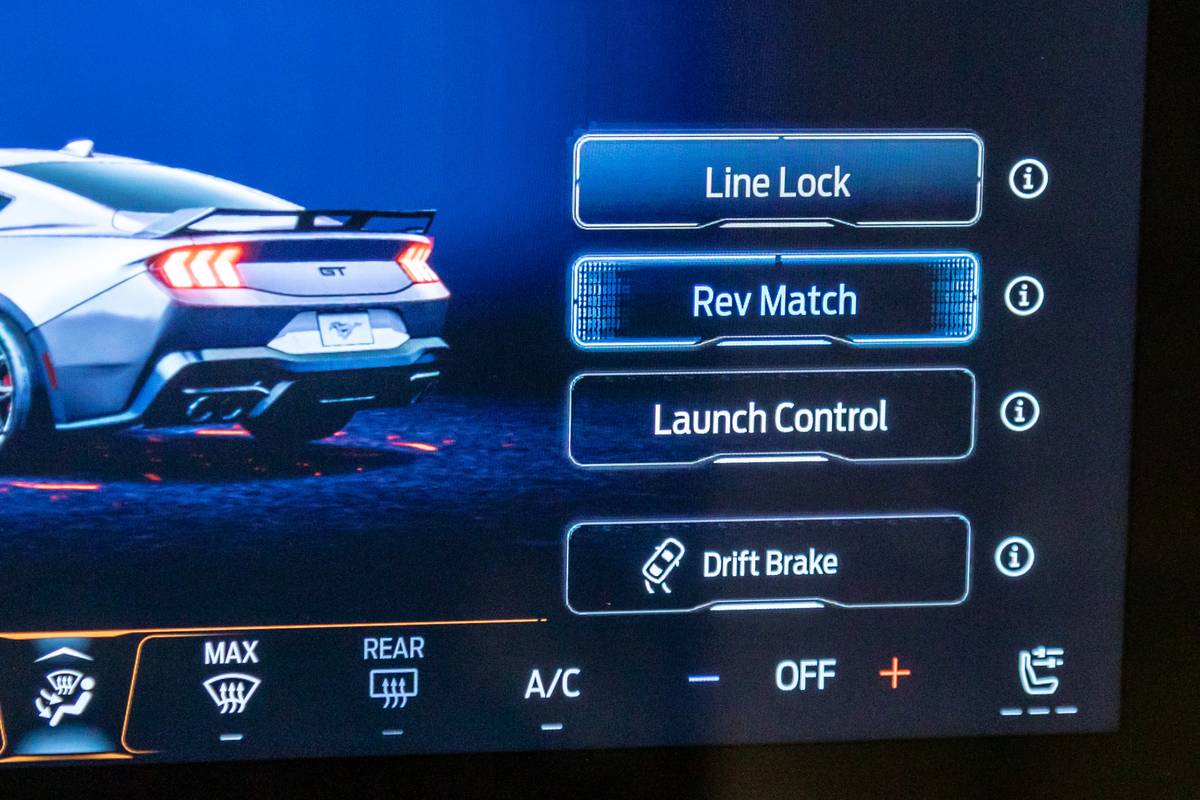
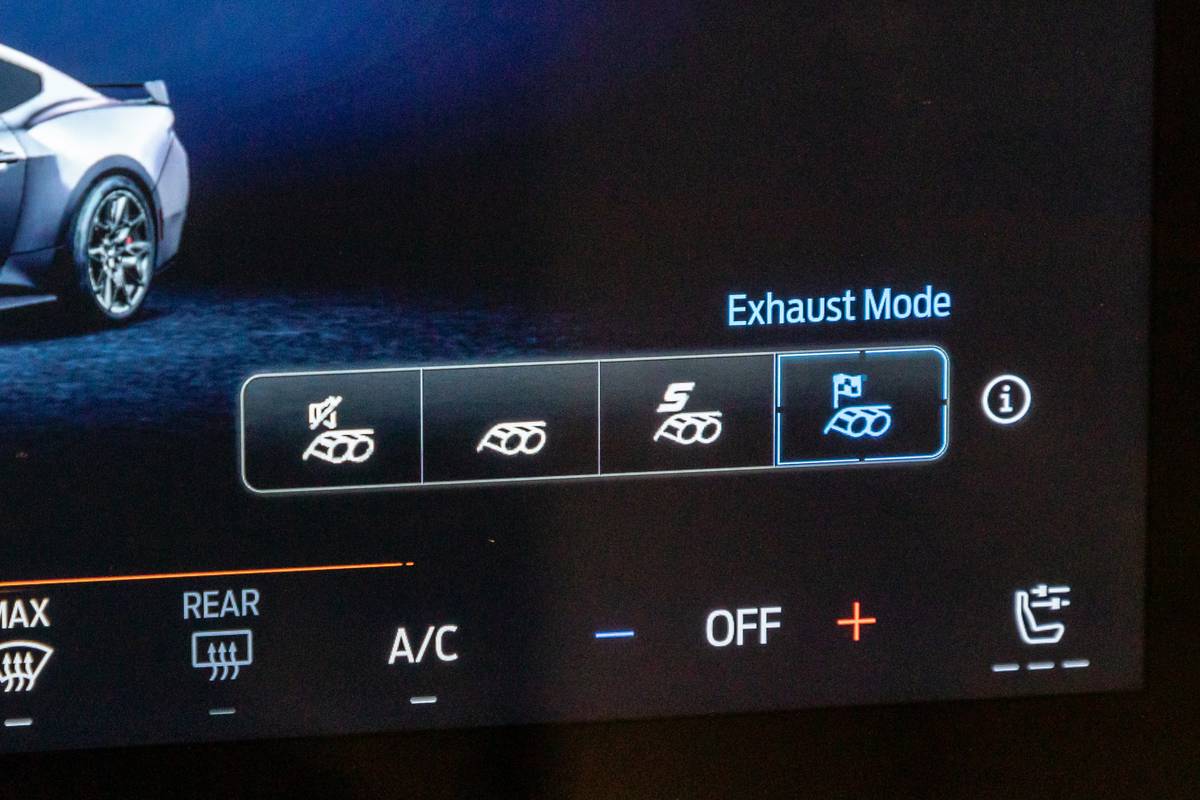
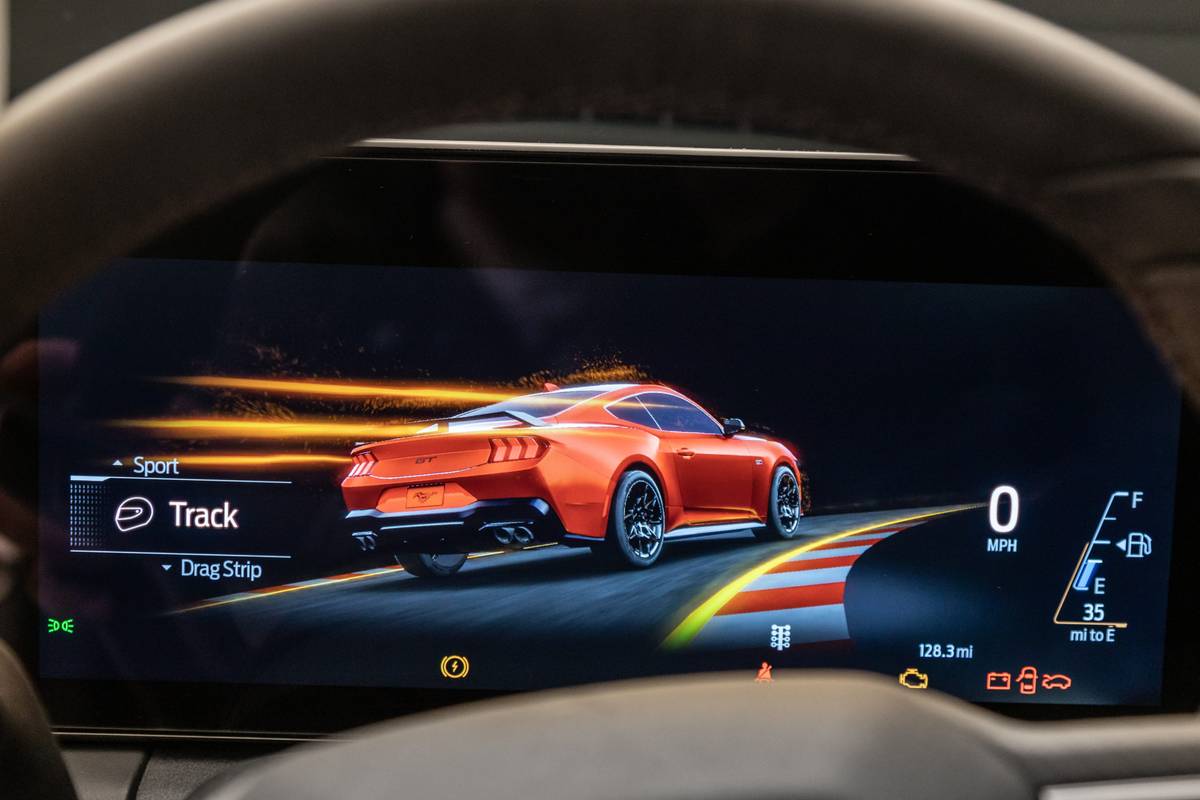

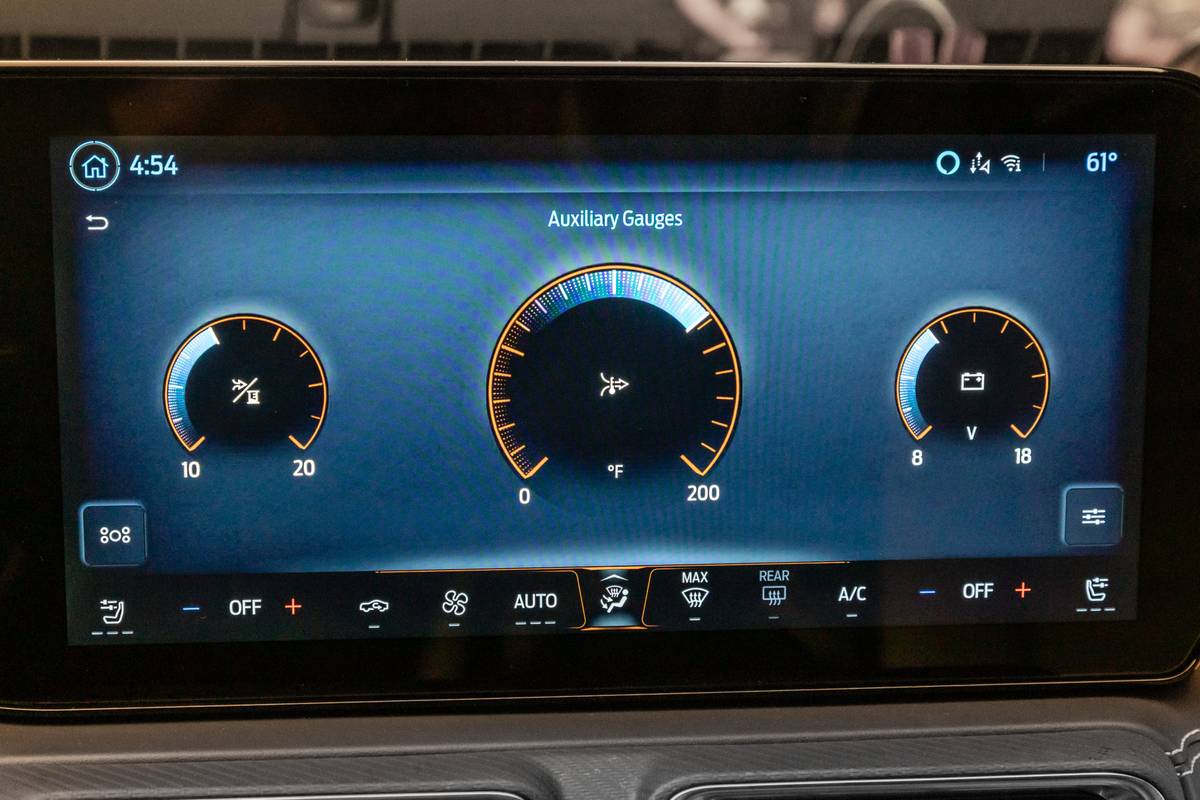
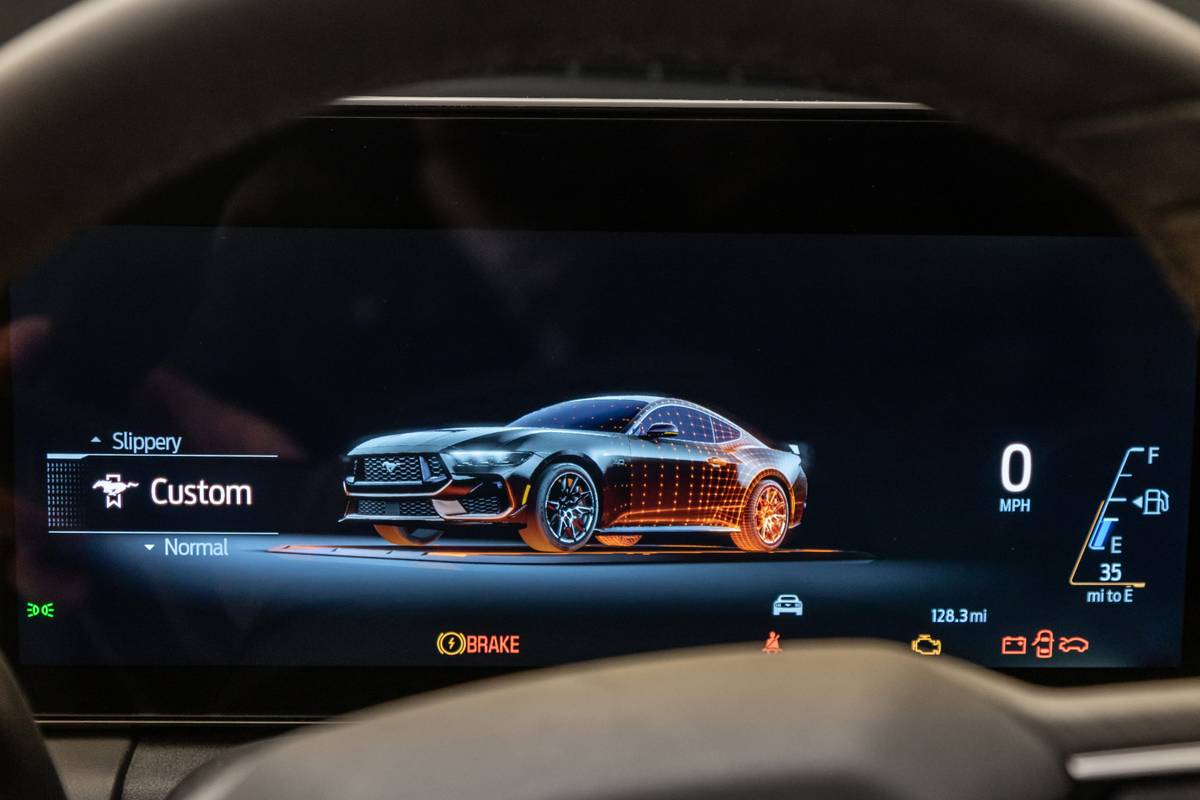
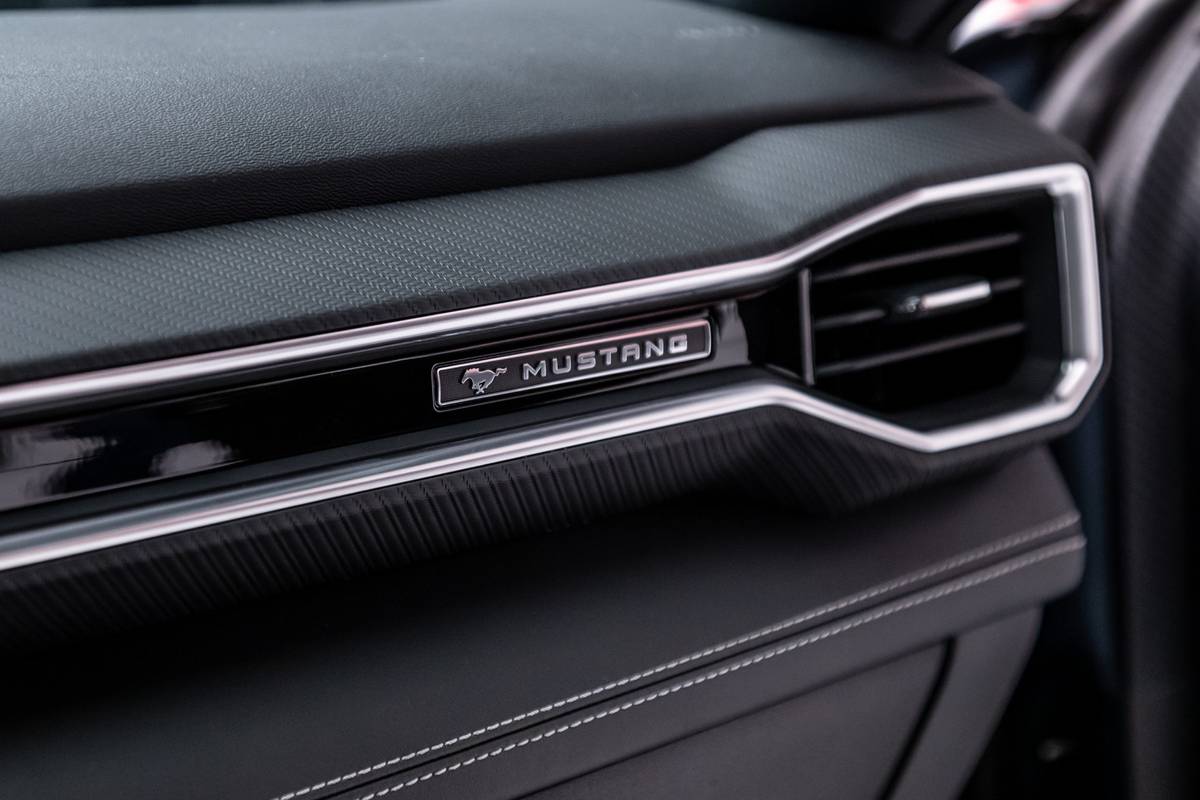
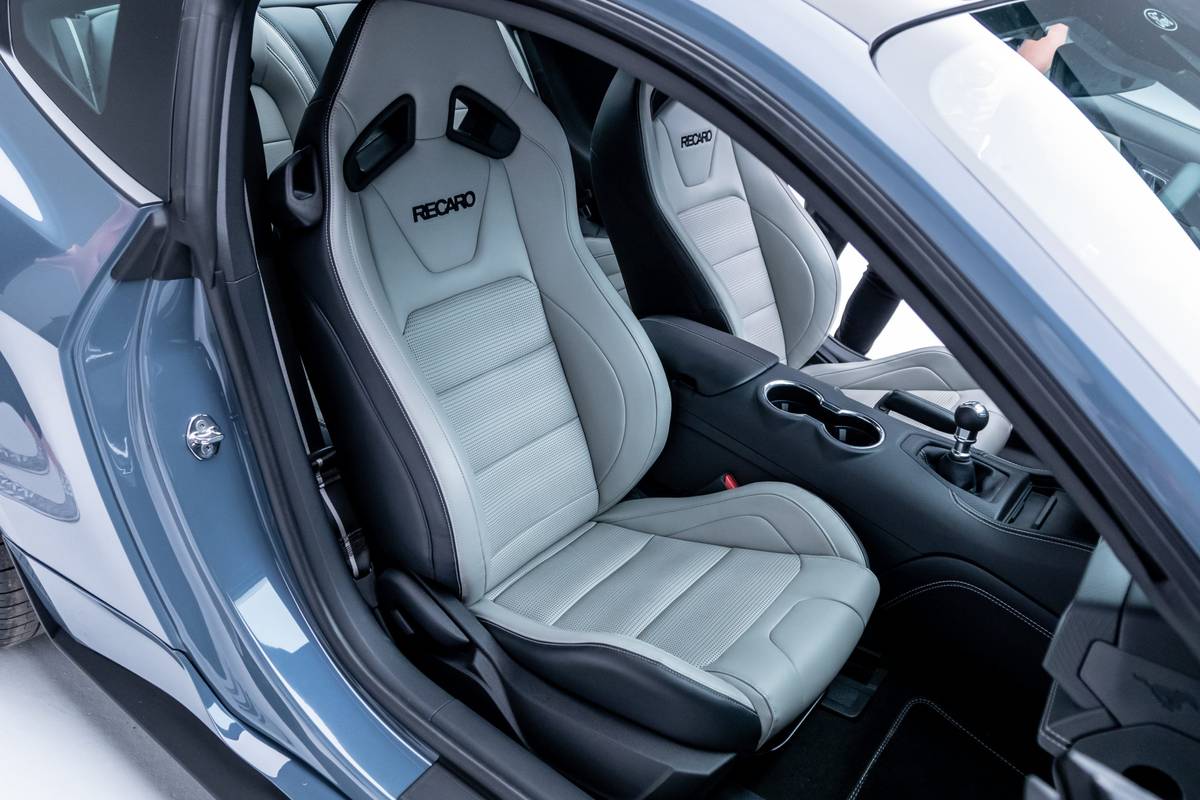
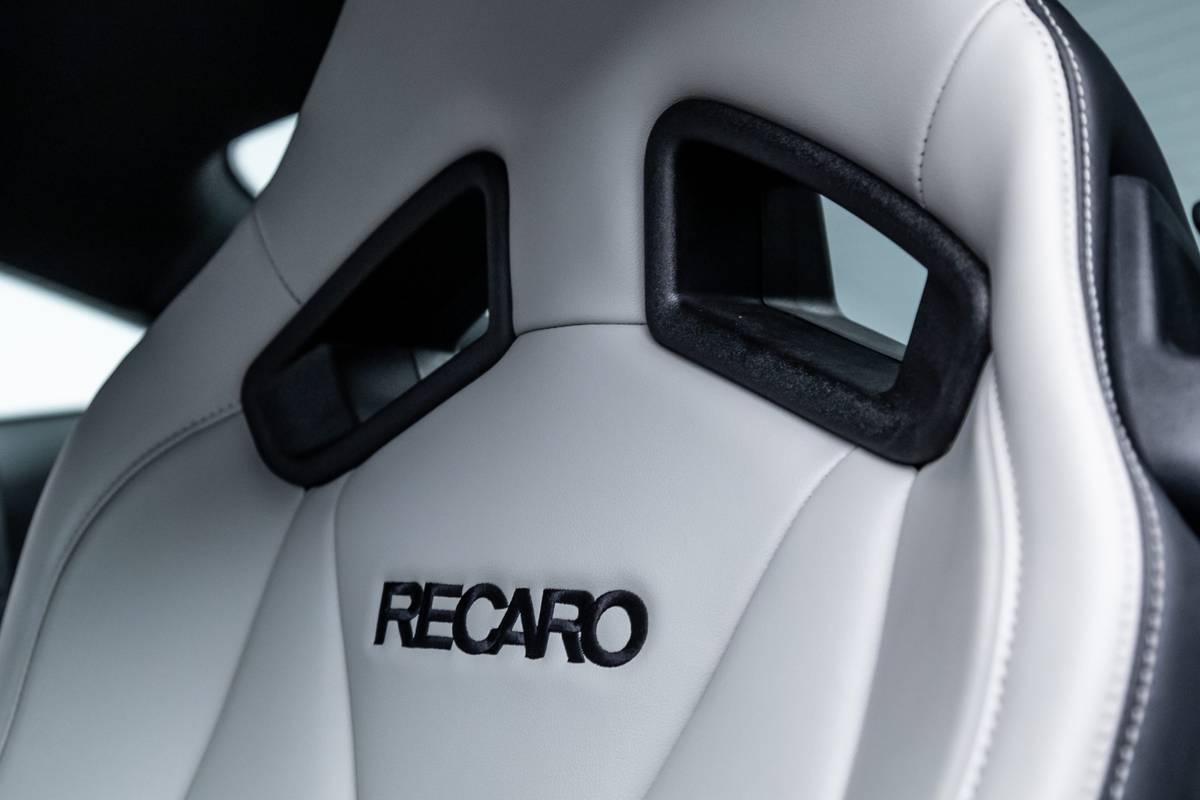
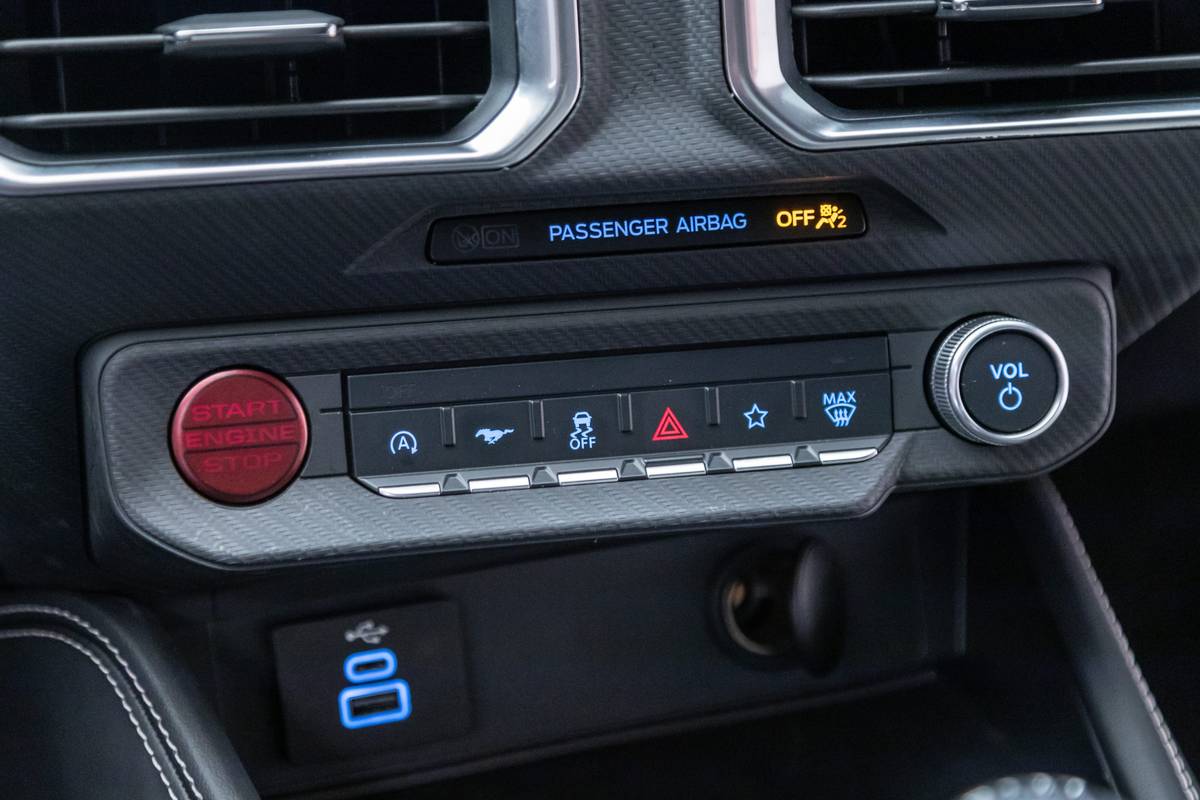
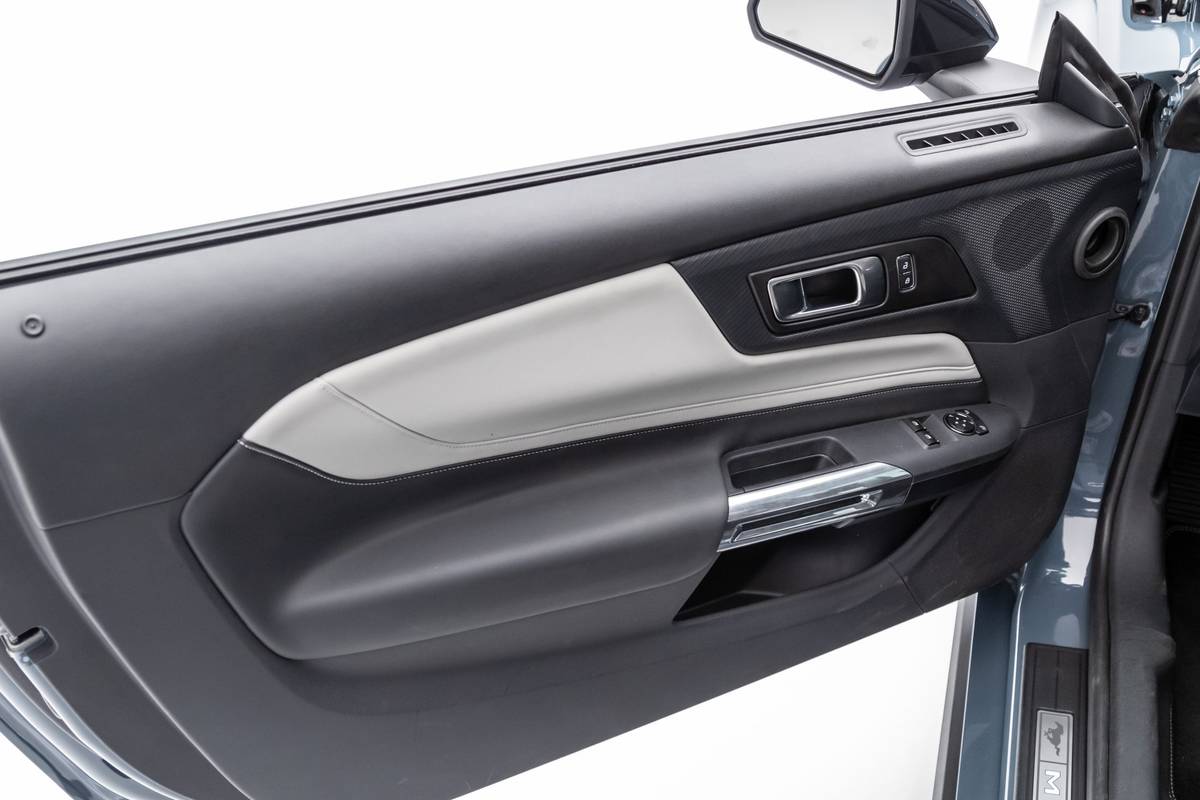
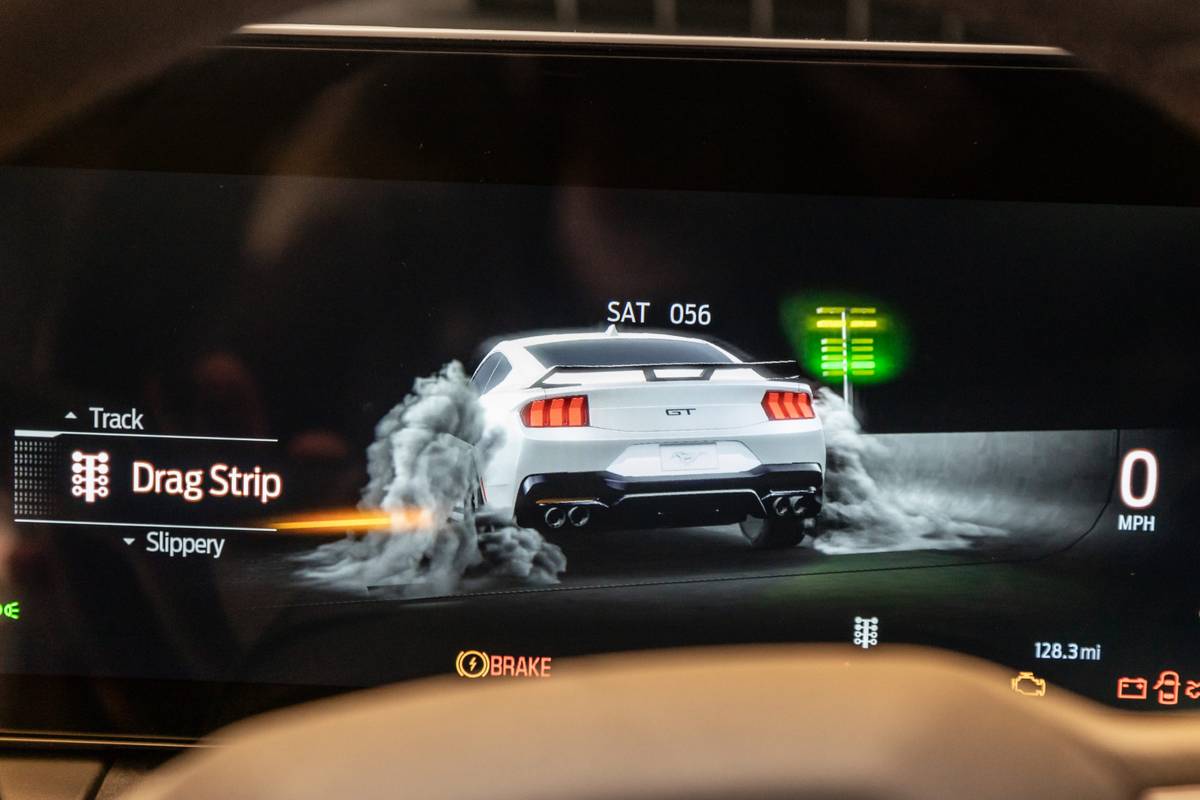
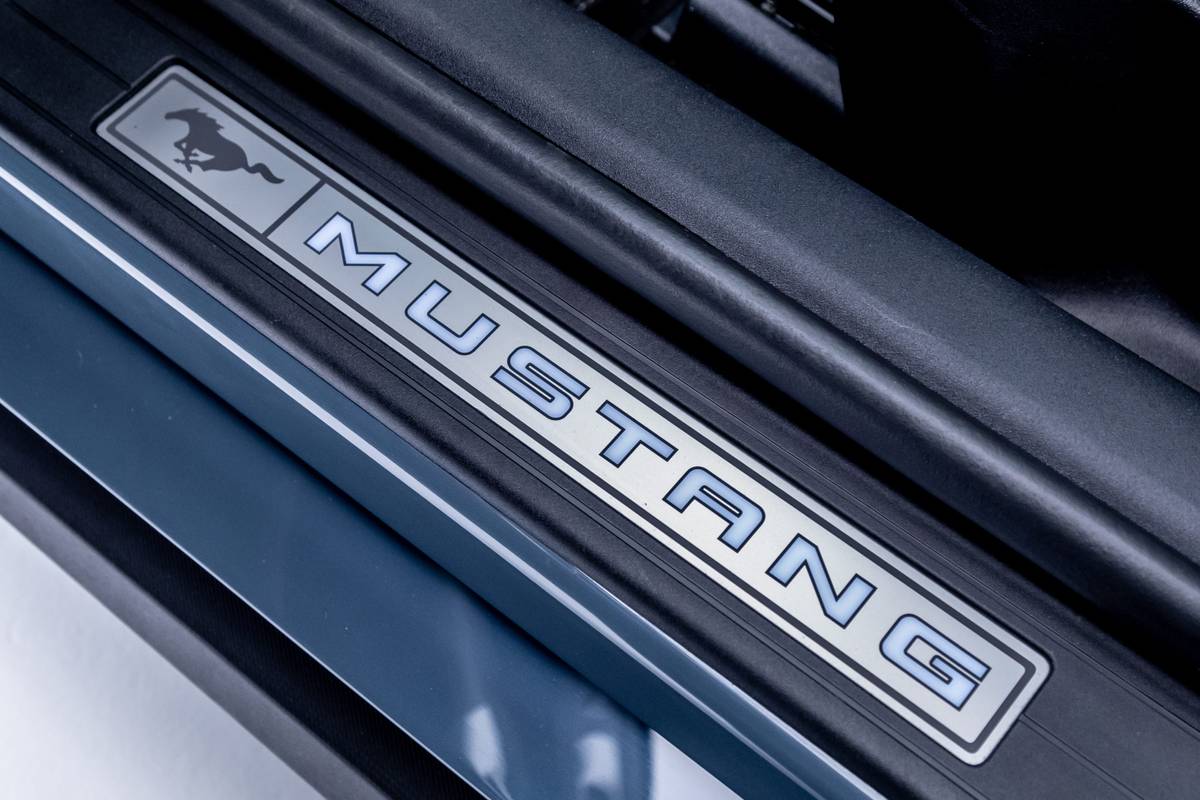
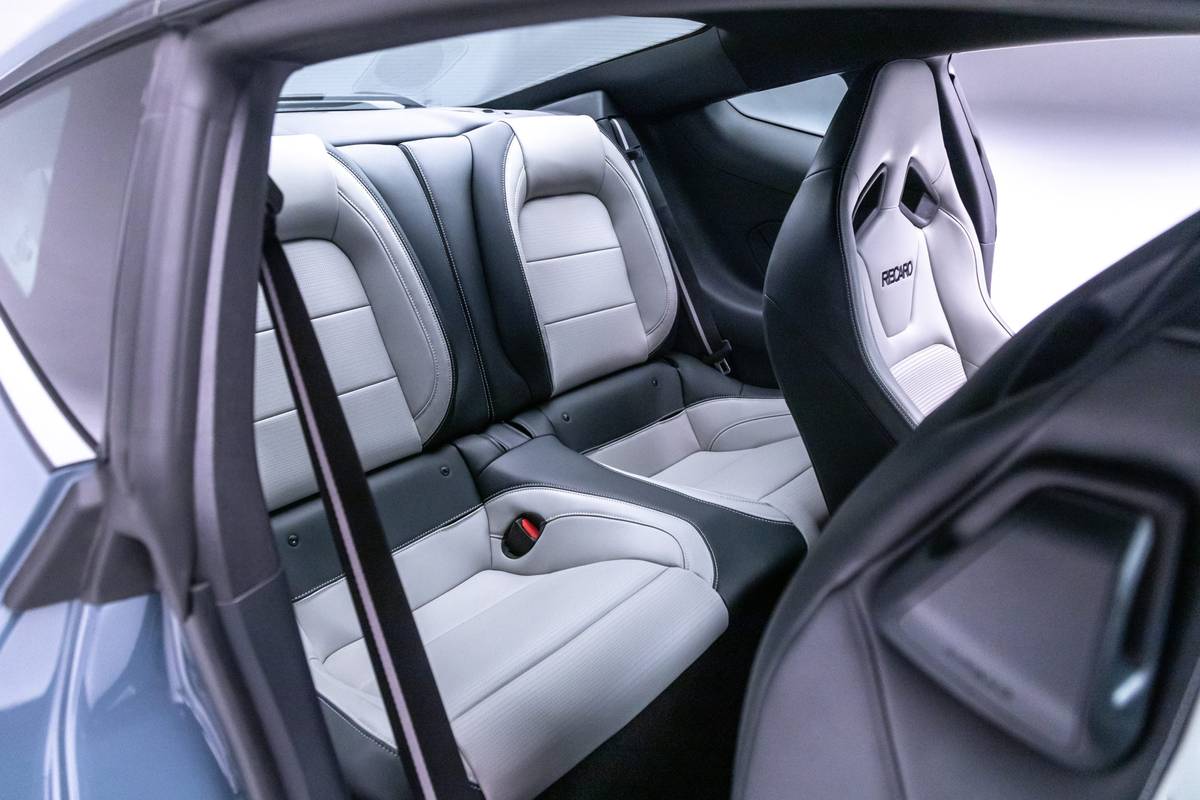






















A completely new cabin ditches anything like the traditional Mustang and instead embraces the techno aesthetic of the Mustang Mach-E electric SUV. This is where Ford is trying to draw in younger buyers, building a bridge to what will likely be the eighth-generation Mustang. Gone is the dual-binnacle Mustang dashboard that’s been a fixture of the car in the first, fourth, fifth and sixth-gen models; in its place is a thoroughly modern, massive piece of glass covering two massive screens, one of which is a 12.4-inch digital instrument cluster, the other a 13.2-inch center console touchscreen. They’re stunningly clear and crisp, and feature graphics straight out of the latest video games. Changing the settings on your Mustang is like configuring a race car in the latest racing sim, right down to the animations on the screens themselves.
Traditionalists are not going to like this, especially the fact that the radio and climate controls are now all touchscreen-based — something that doesn’t often please a lot of consumers, especially older buyers. But Ford’s hunting new Gen Z and millennial buyers with the 2024 Mustang, and it says those buyers are cool with it. In order to throw the old guys a bone, however, Ford’s included retro-style gauges in the list of possible options. Make a couple of selections, and suddenly your latest and greatest seventh-gen Mustang has the green-and-white gauges out of a third-gen Fox-body Mustang. Gotta say, it’s cool to see ‘em.
No New Ground Under the Hood
The mechanicals of the 2024 Mustang are as expected: a four-cylinder “base” model and a super-powerful V-8 in the GT. Yes, they both have been breathed on to make more power, but it’s clear the investment in the latest Mustang went largely to the tech, displays and interior, not the greasy bits underneath. That’s fine — both the EcoBoost four-cylinder and Coyote V-8 are fantastic powertrains, and we will indeed lament their passing if the next Mustang goes for kilowatts over cubic inches.
Overall, Ford’s update to the Mustang is a good one, a solid mix of preparing for the future while still celebrating the car’s long and remarkable heritage. It should keep its fans happy, possibly draw in a few new ones and prepare the way for whatever comes next in the model’s storied lineage.
More From Cars.com:
- 2023 Ford Mustang Mach-E Orders Reopen, Prices Swell
- 2021 Ford Mustang Mach-E GT & Performance Edition Review: Quicker, Pricier, Just as Bouncy
- Which New Cars Have Manual Transmissions?
- What’s New With Ford for 2022?
Related Video:
Cars.com’s Editorial department is your source for automotive news and reviews. In line with Cars.com’s long-standing ethics policy, editors and reviewers don’t accept gifts or free trips from automakers. The Editorial department is independent of Cars.com’s advertising, sales and sponsored content departments.

Detroit Bureau Chief Aaron Bragman has had over 25 years of experience in the auto industry as a journalist, analyst, purchasing agent and program manager. Bragman grew up around his father’s classic Triumph sports cars (which were all sold and gone when he turned 16, much to his frustration) and comes from a Detroit family where cars put food on tables as much as smiles on faces. Today, he’s a member of the Automotive Press Association and the Midwest Automotive Media Association. His pronouns are he/him, but his adjectives are fat/sassy.
Featured stories






















